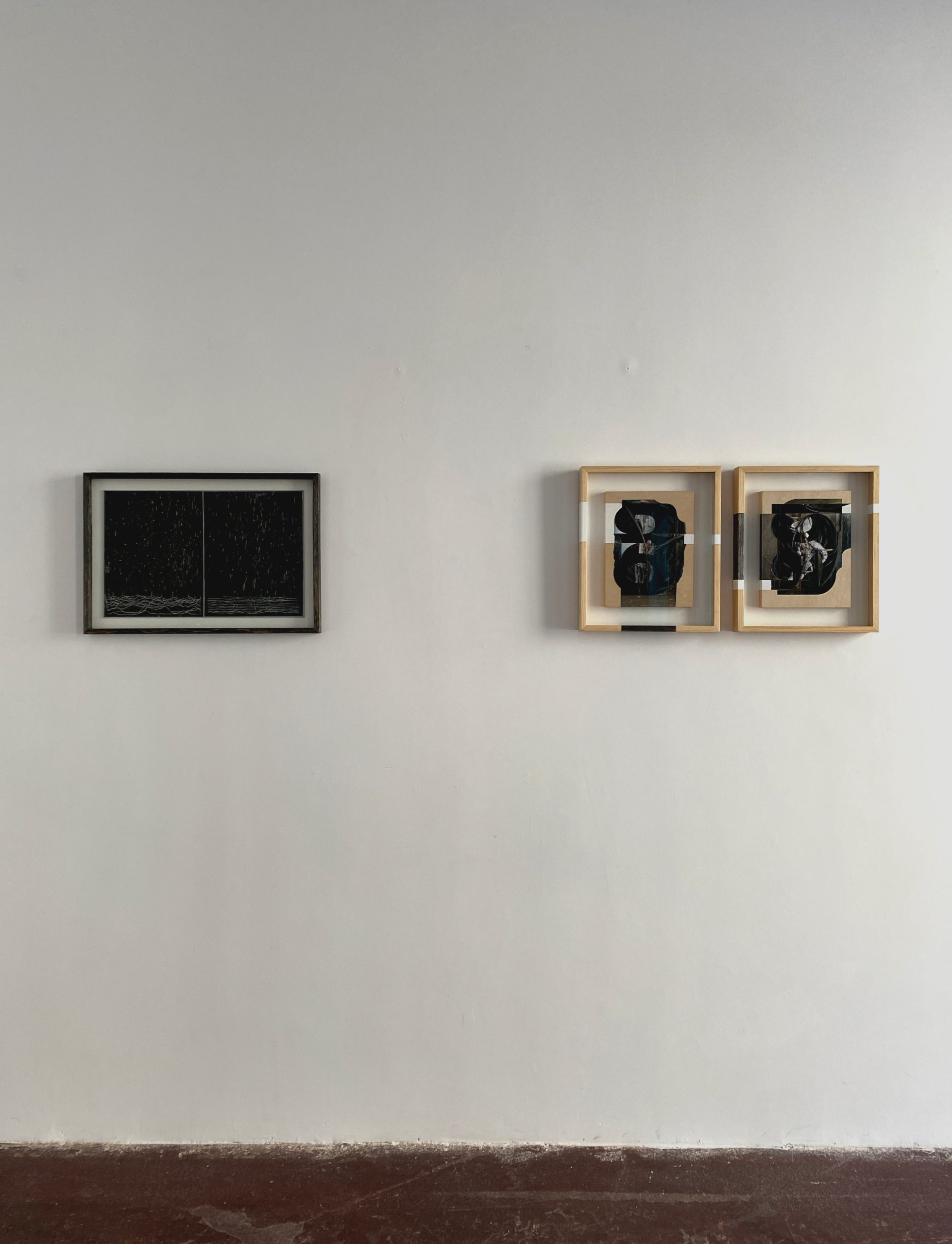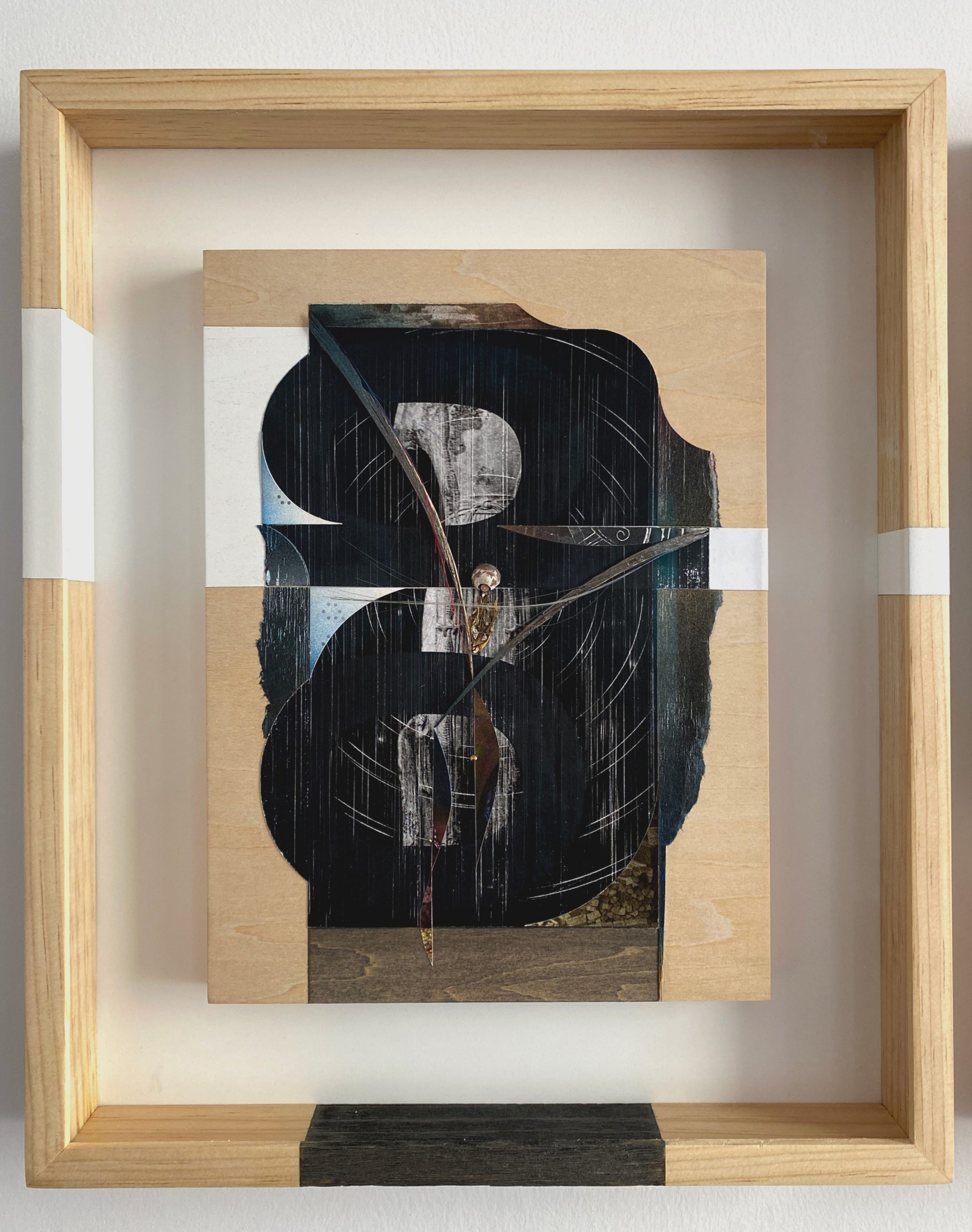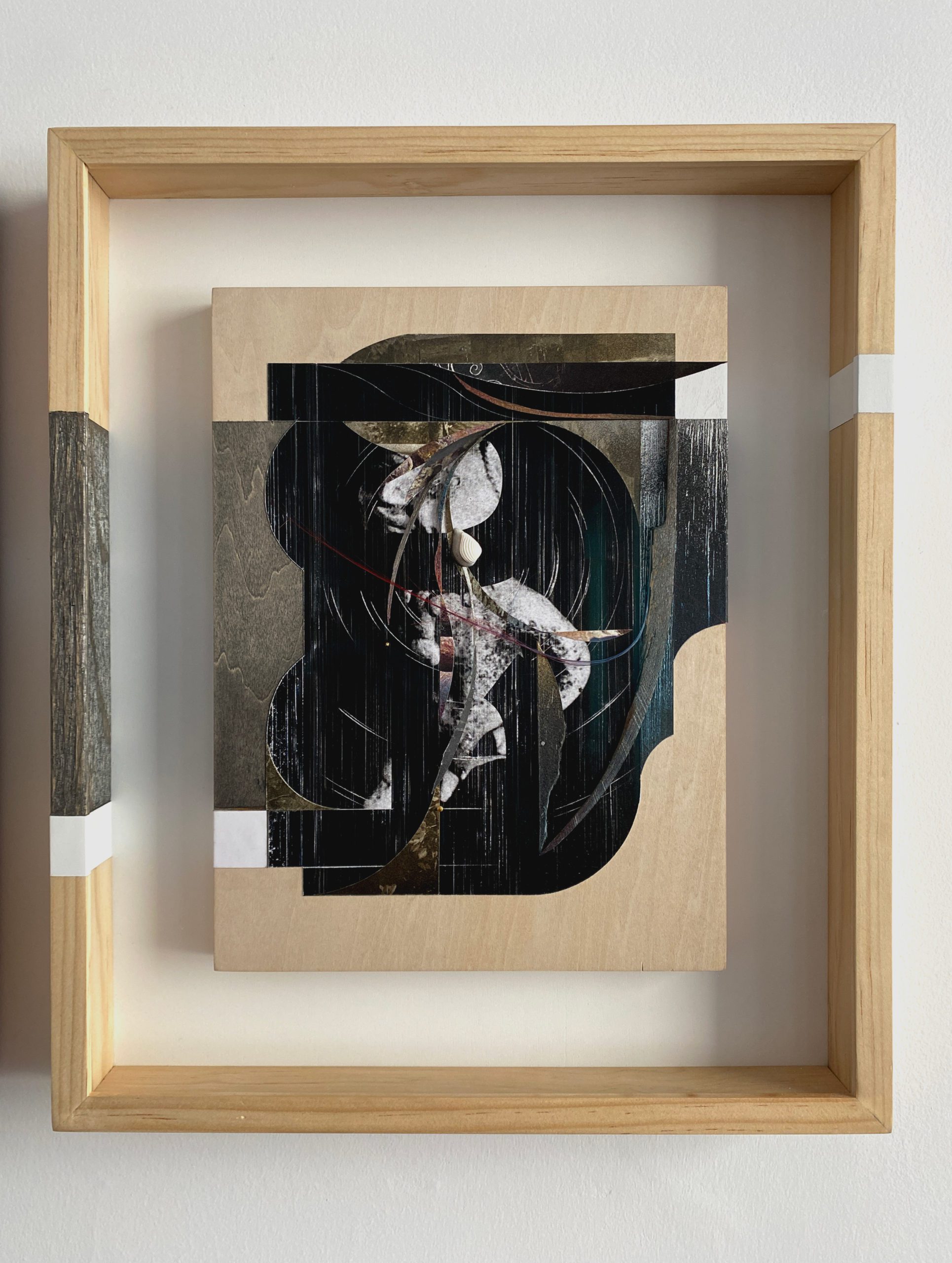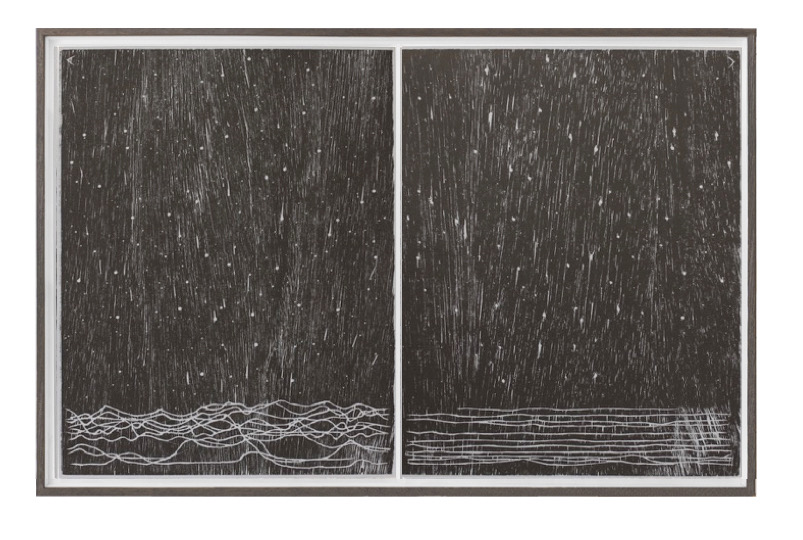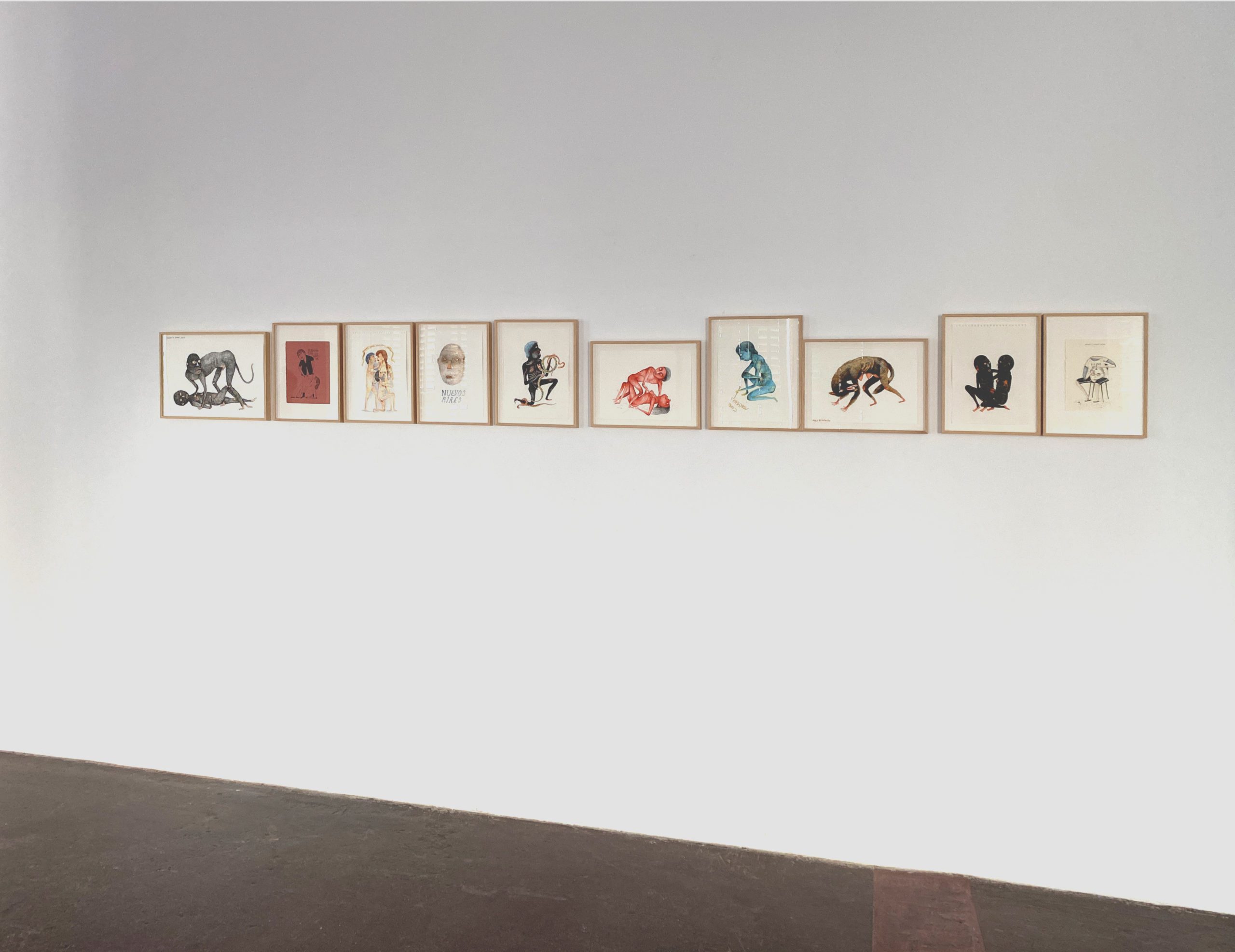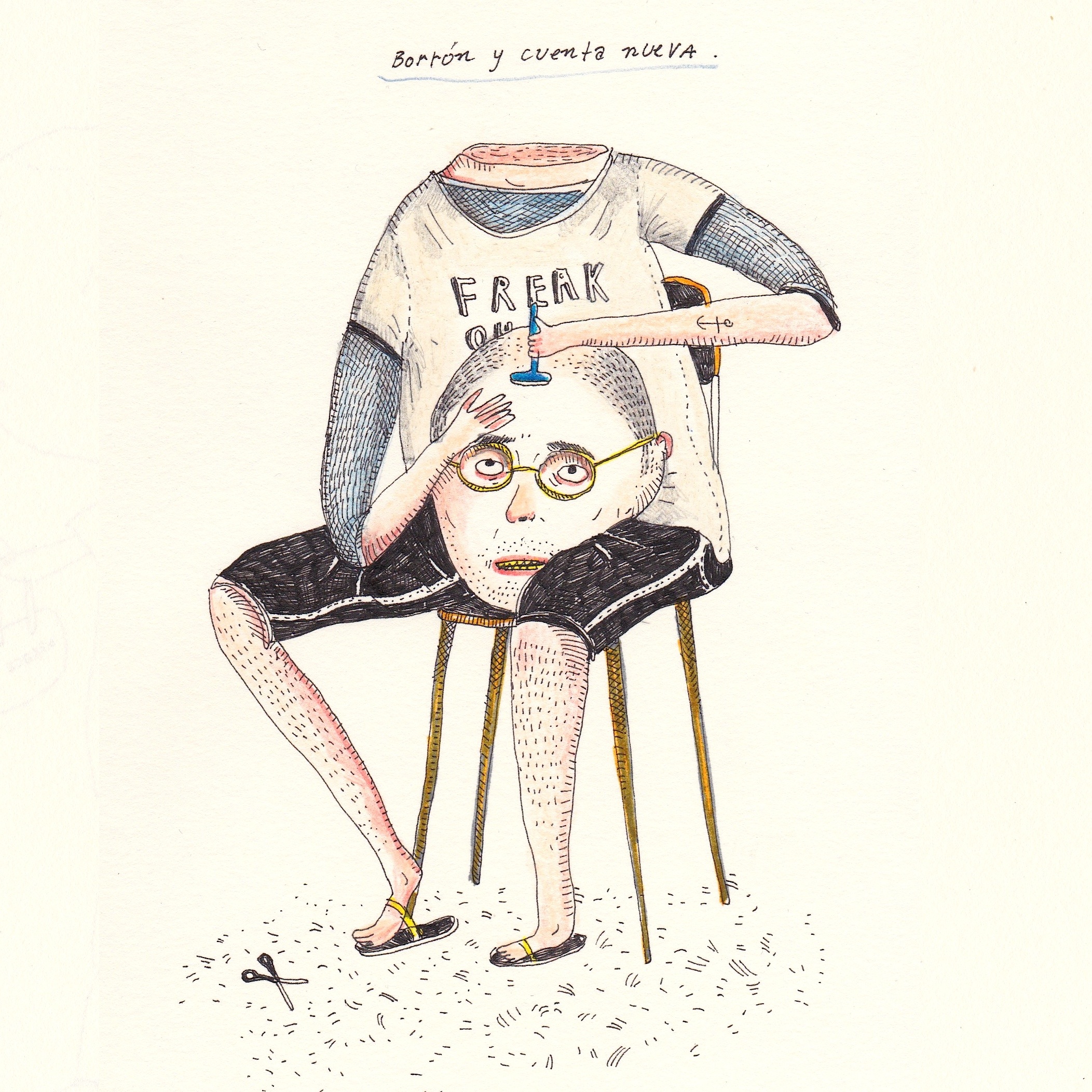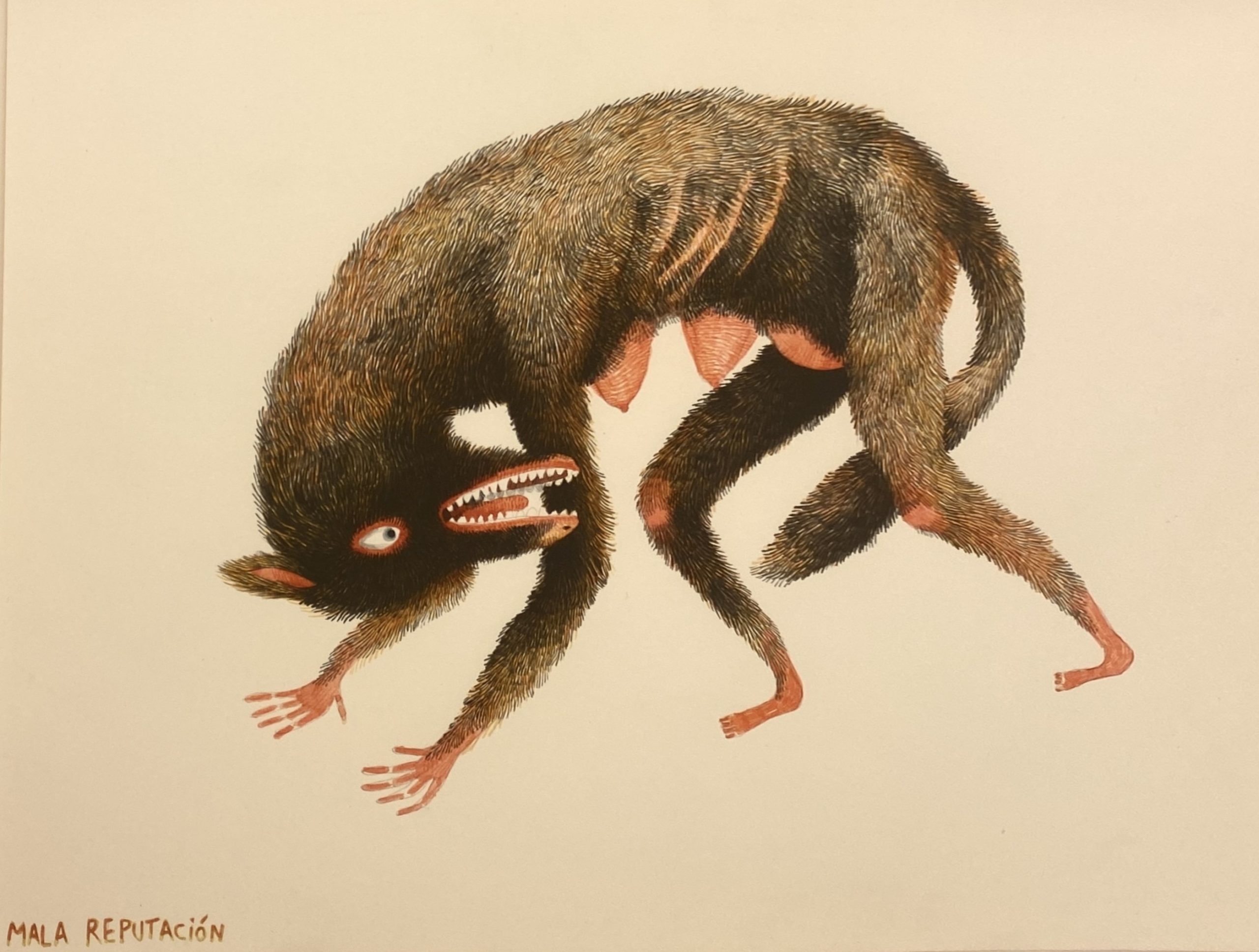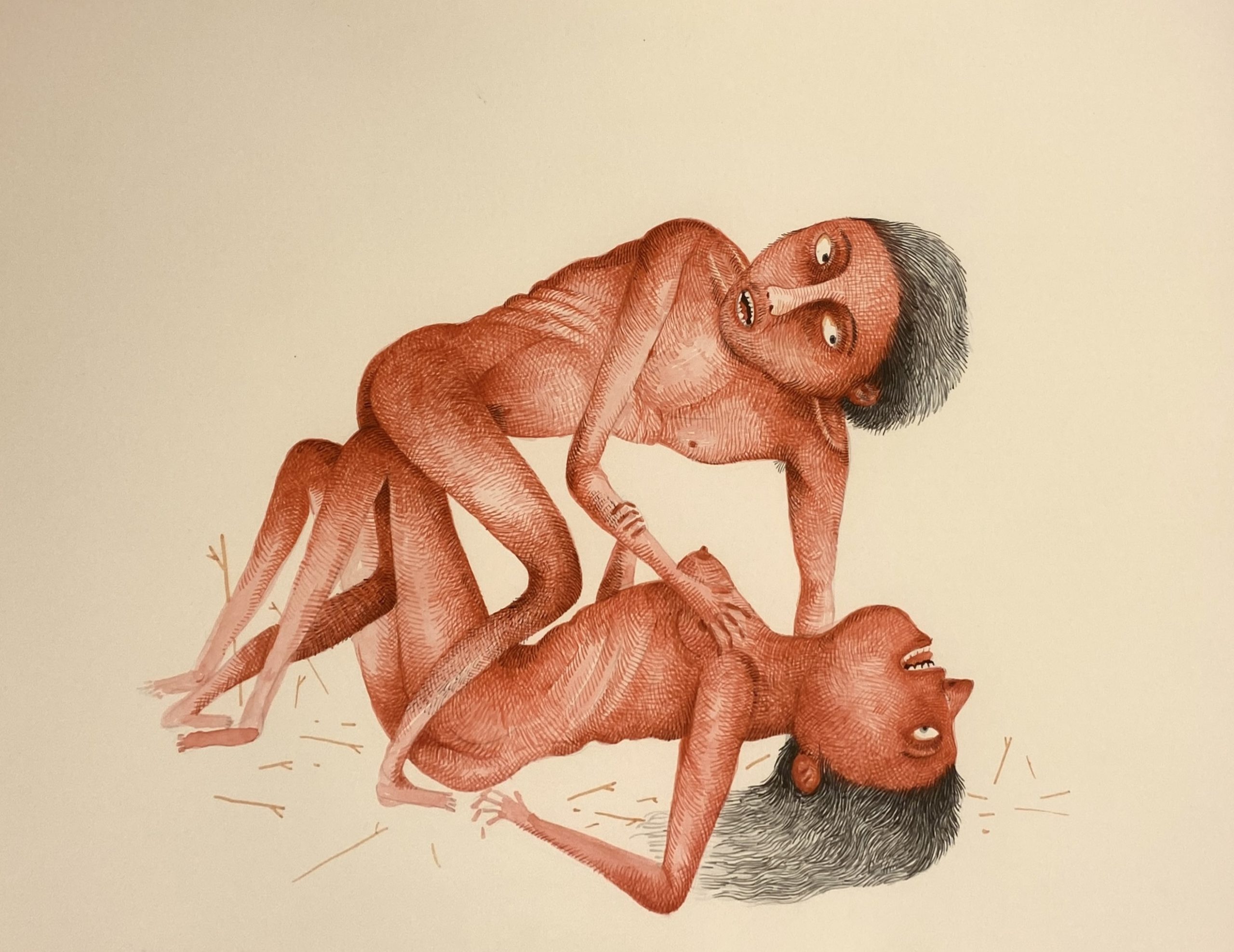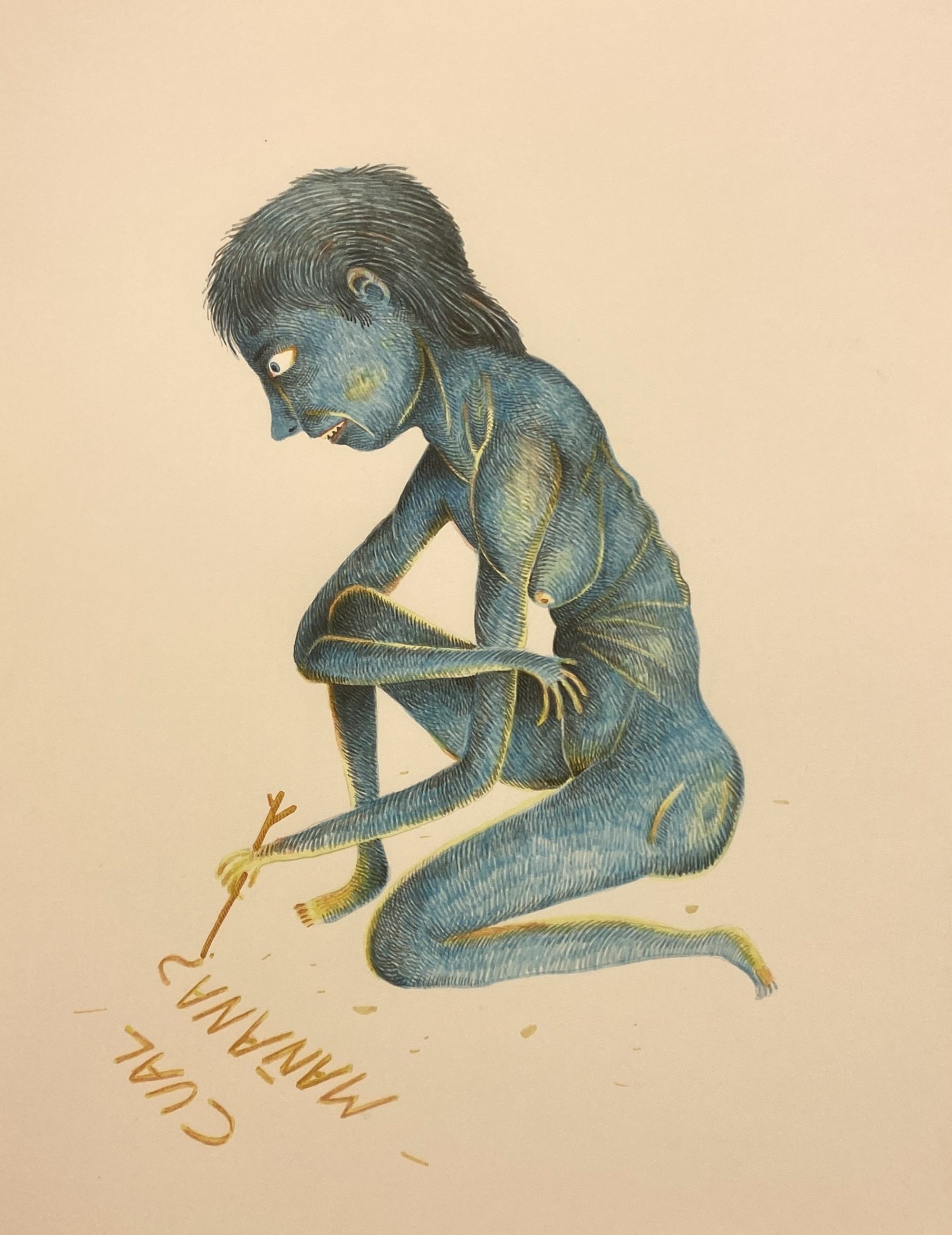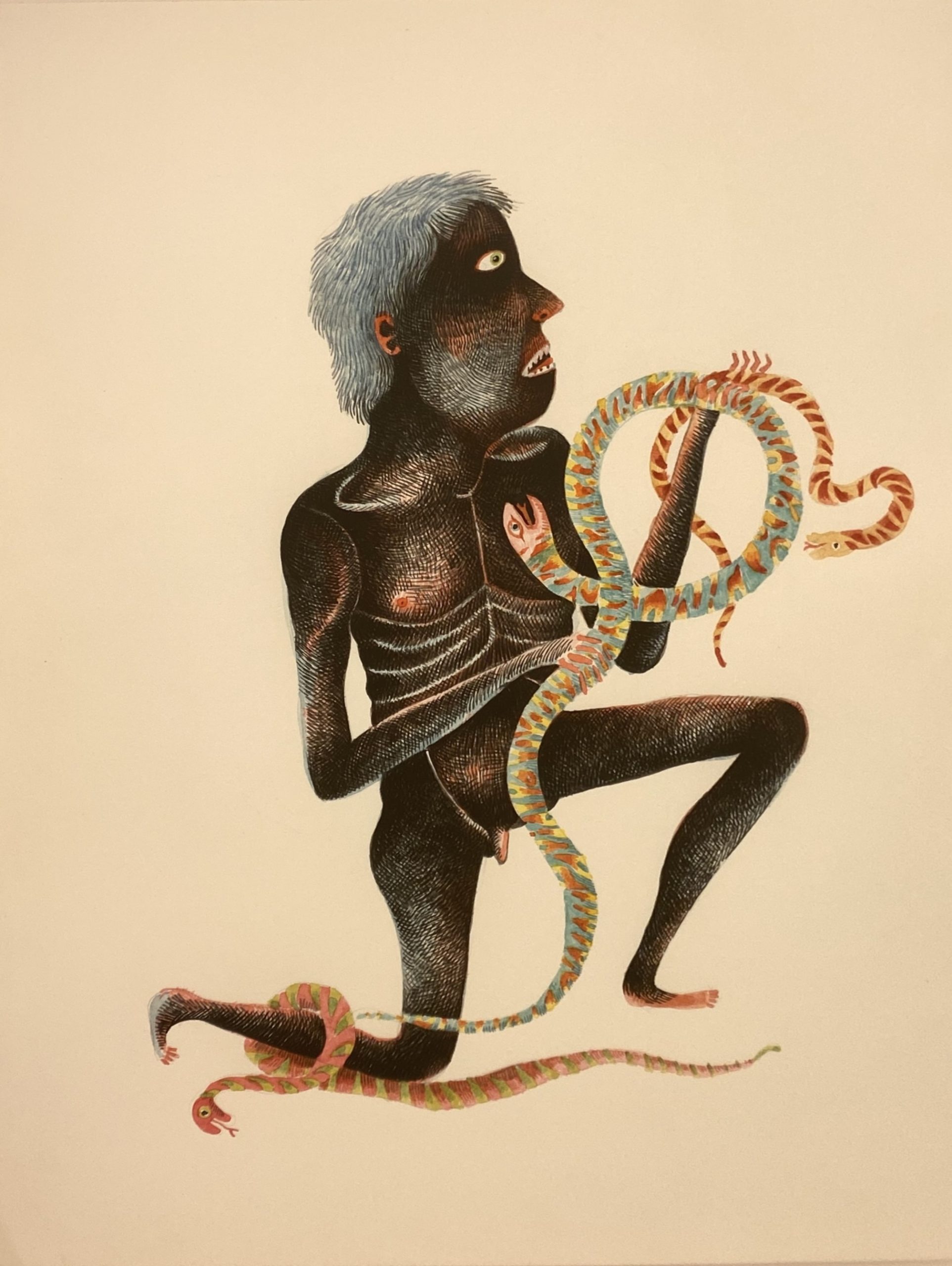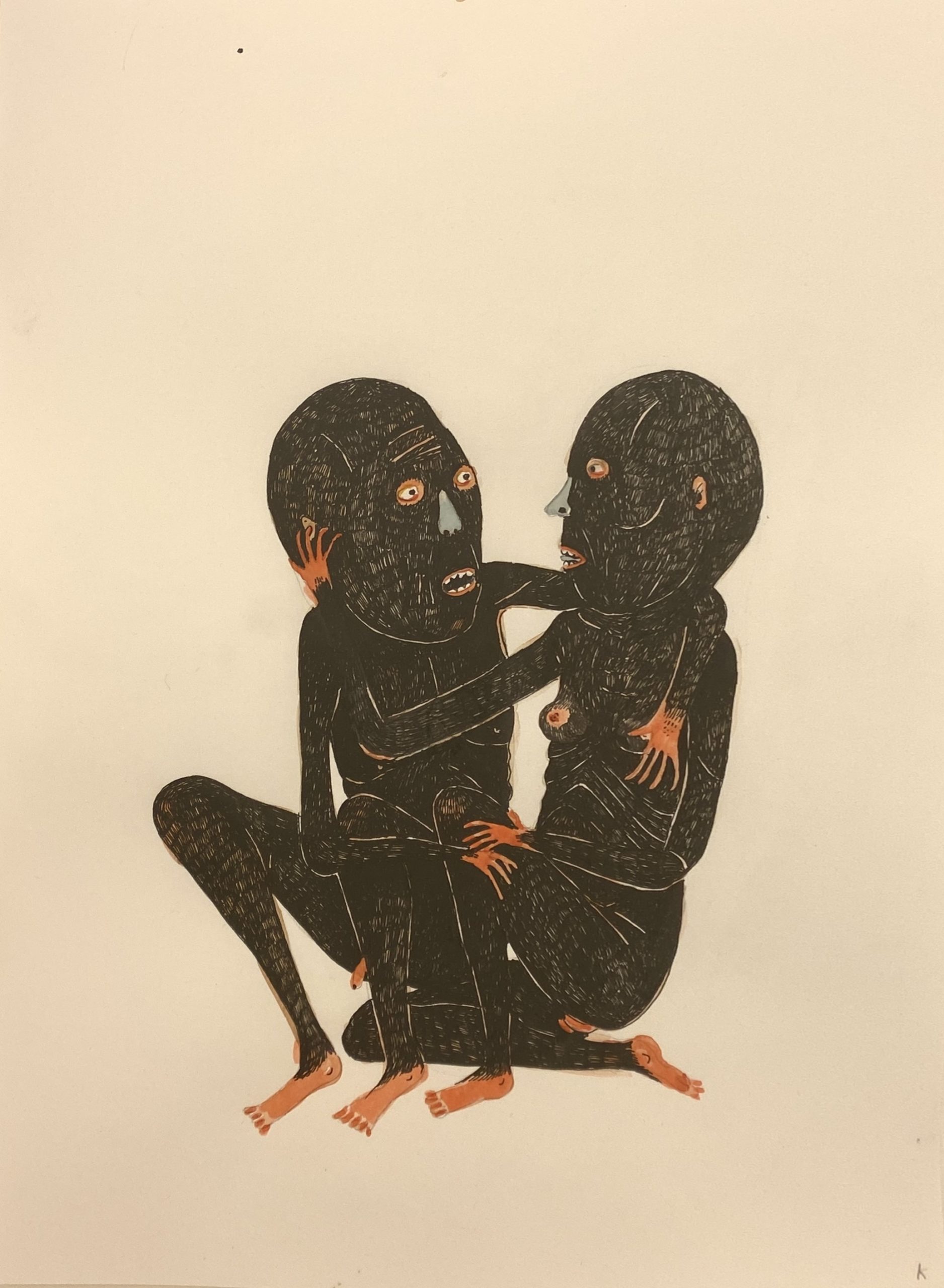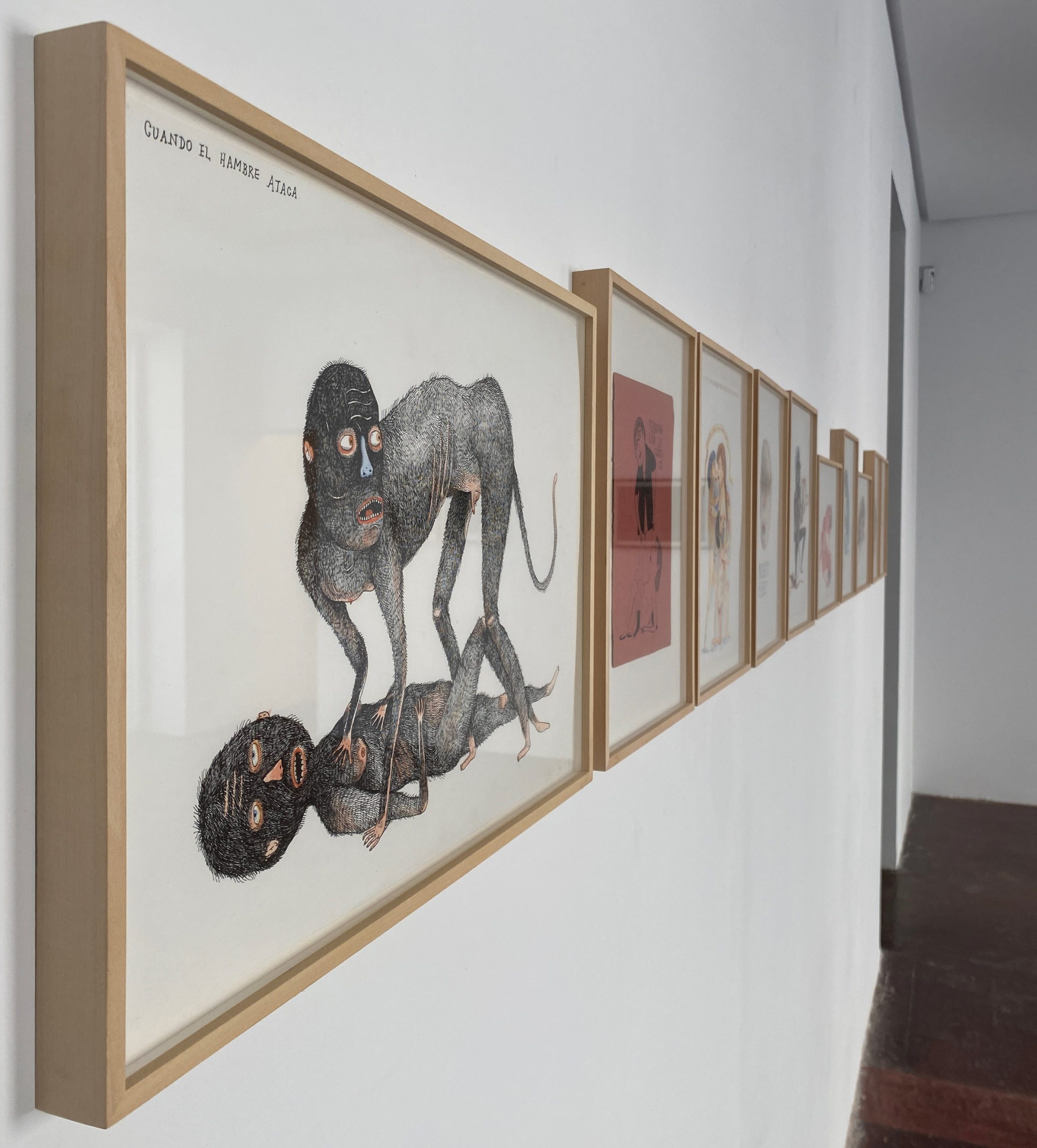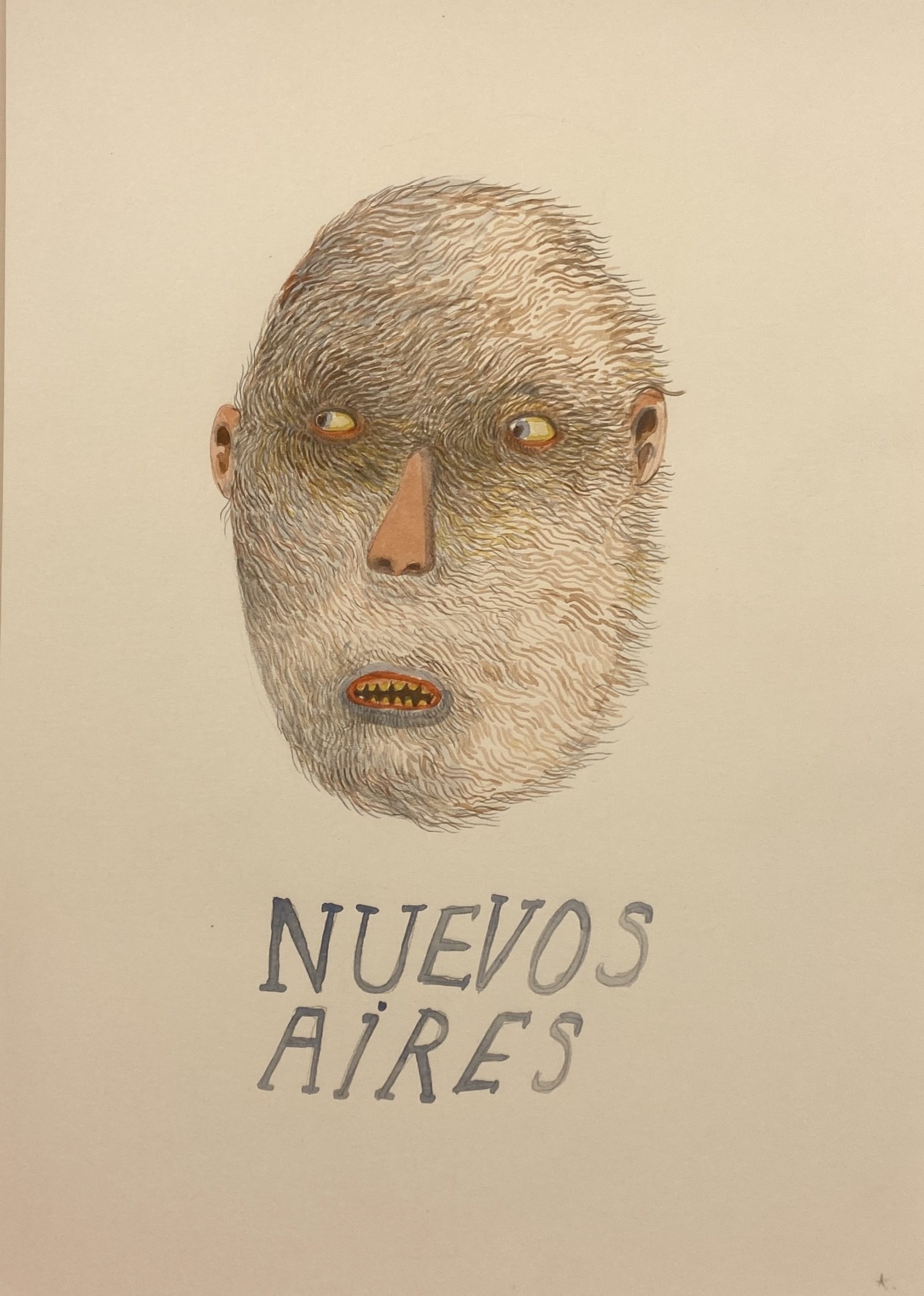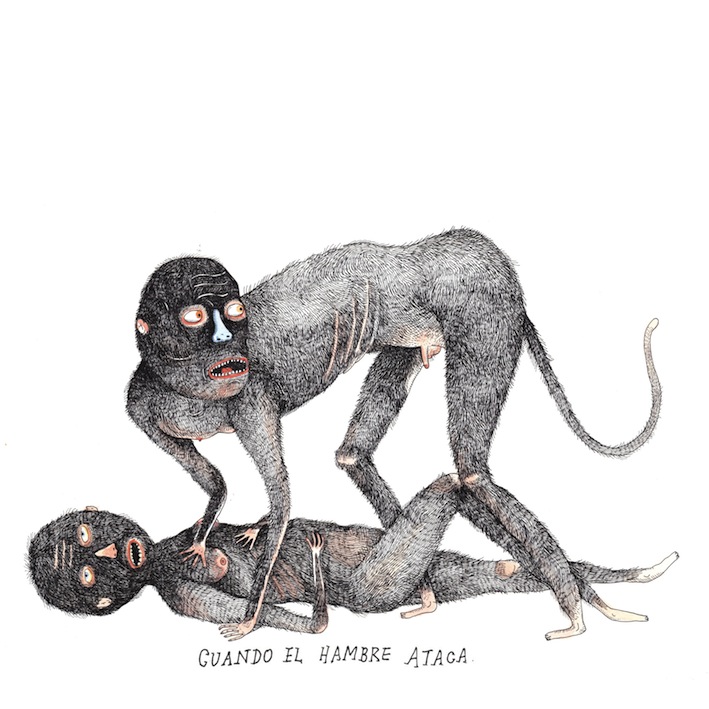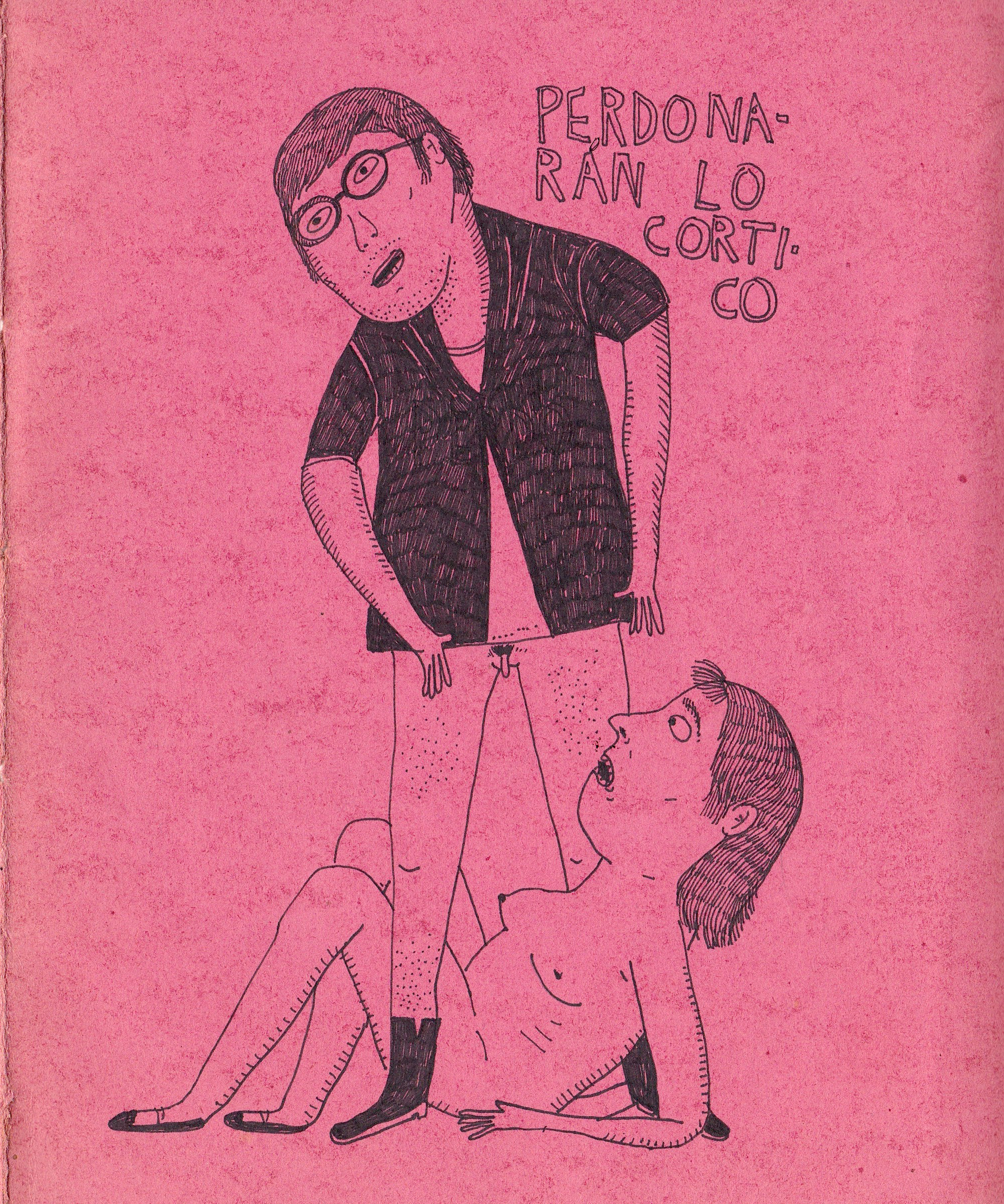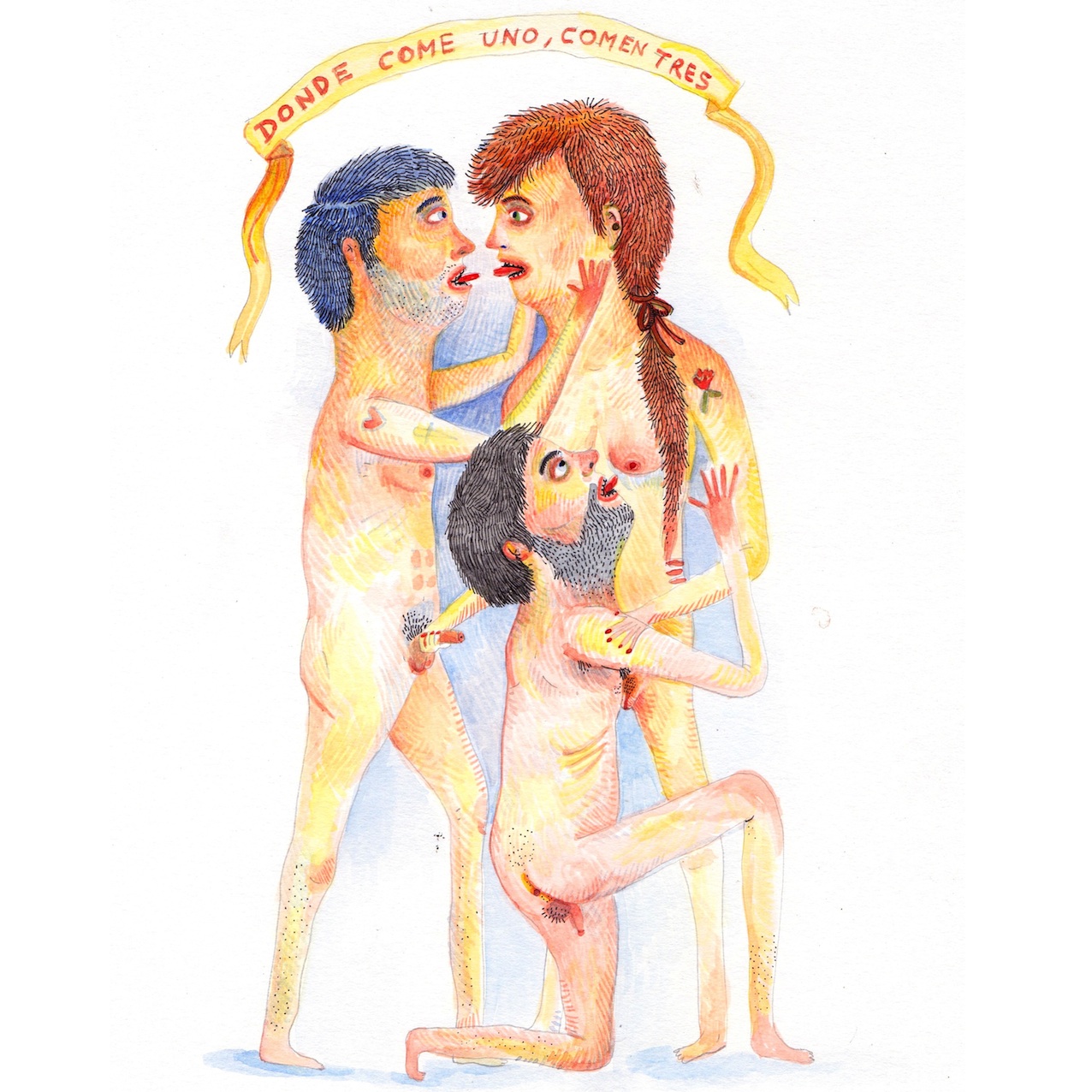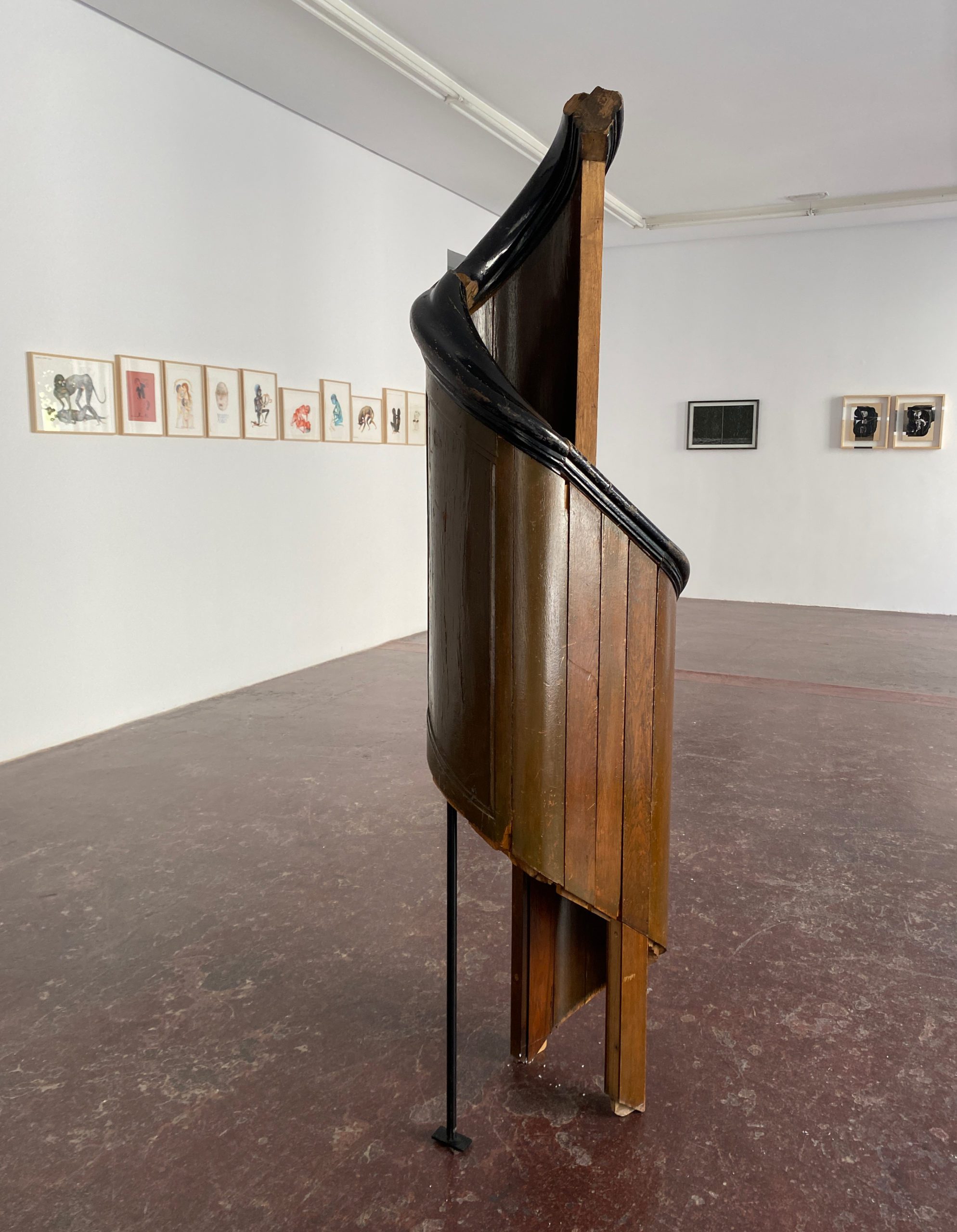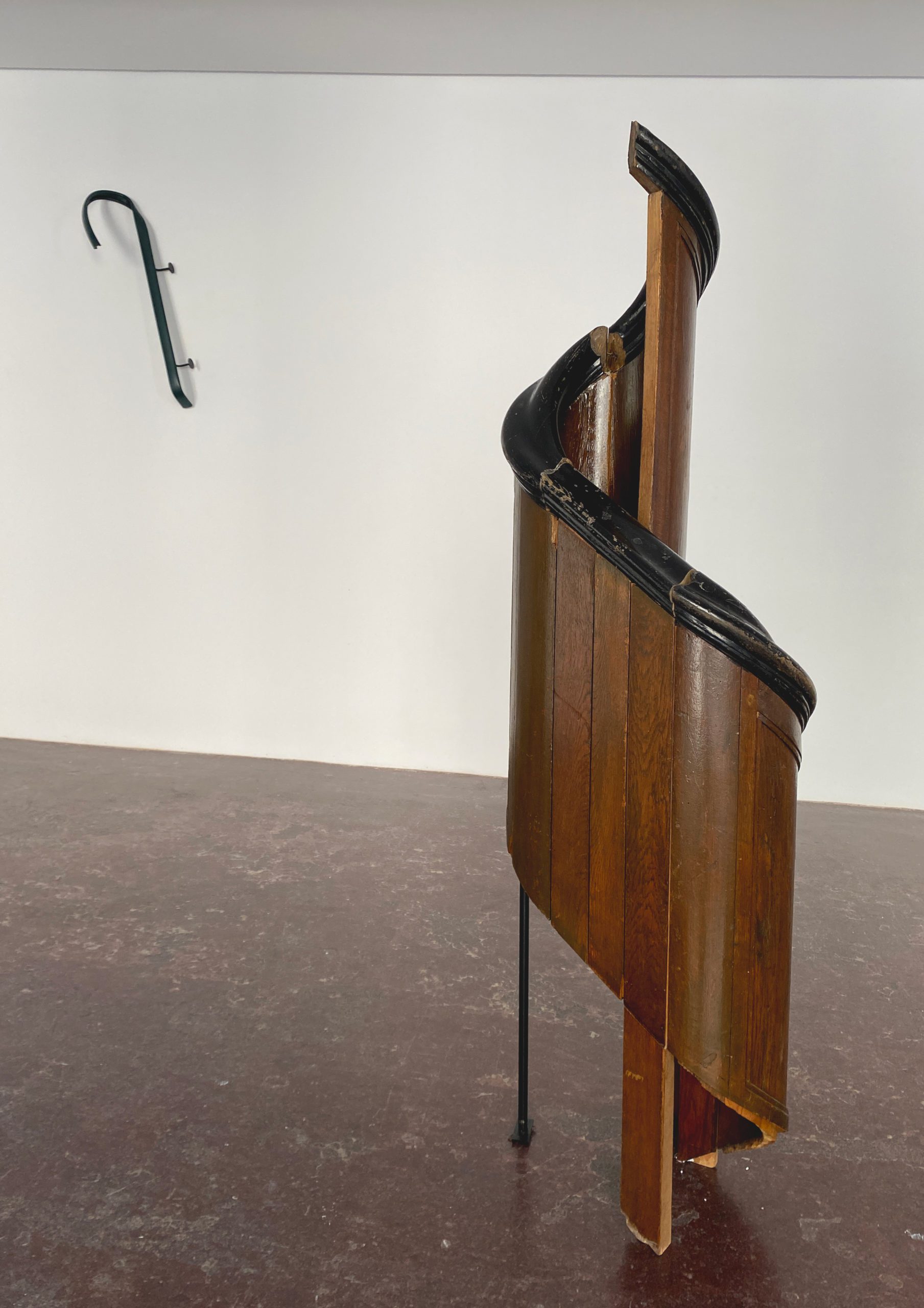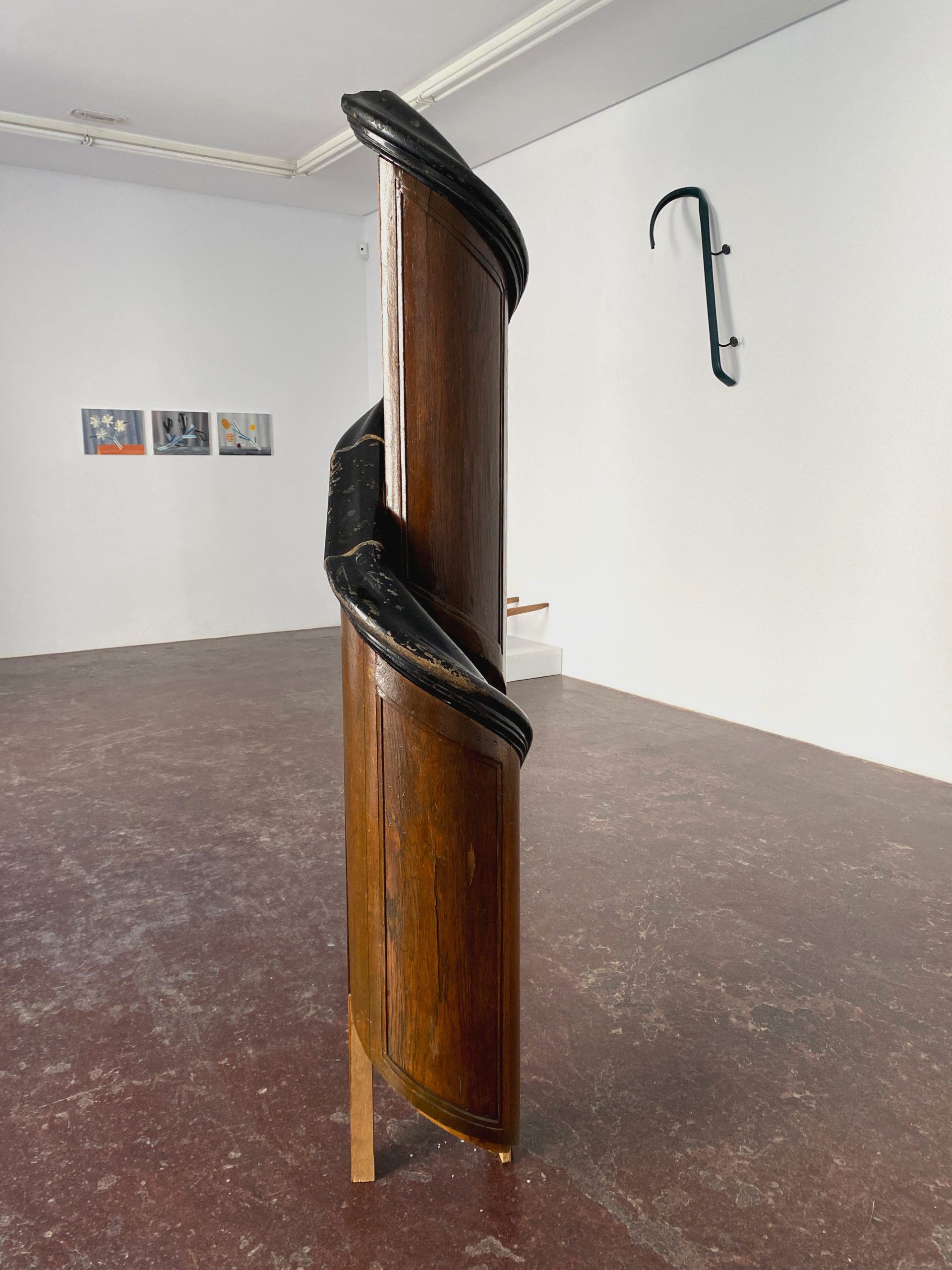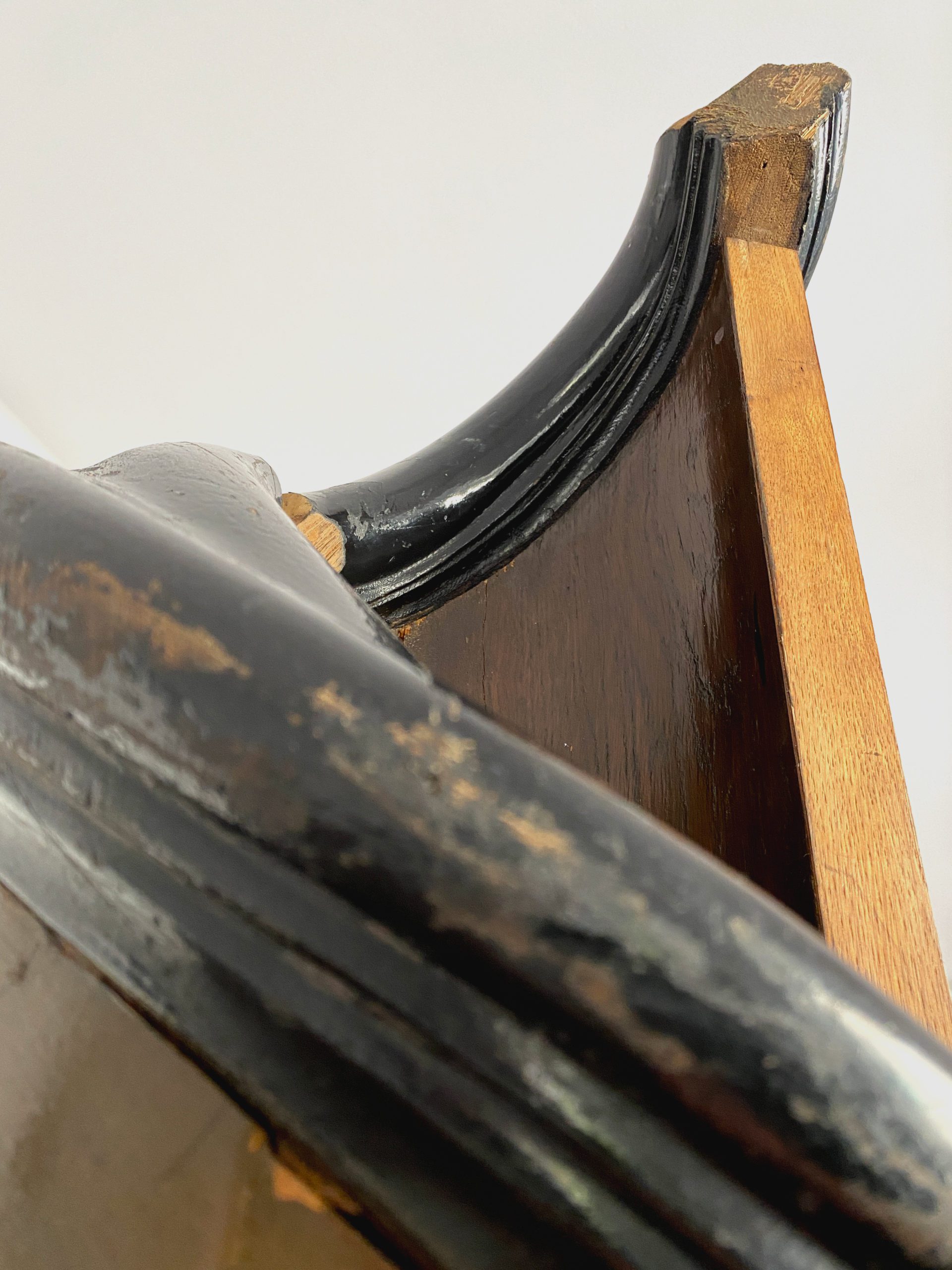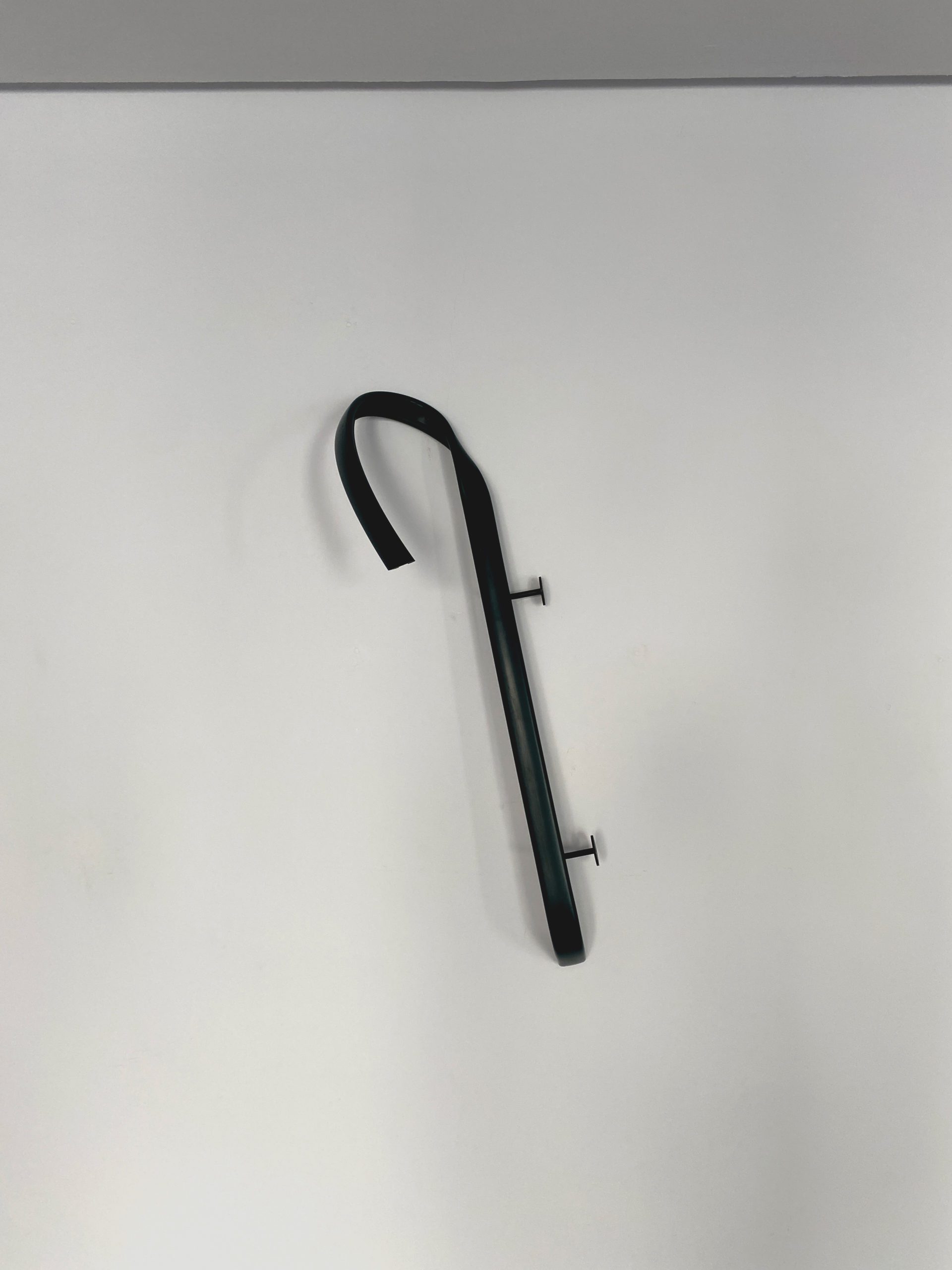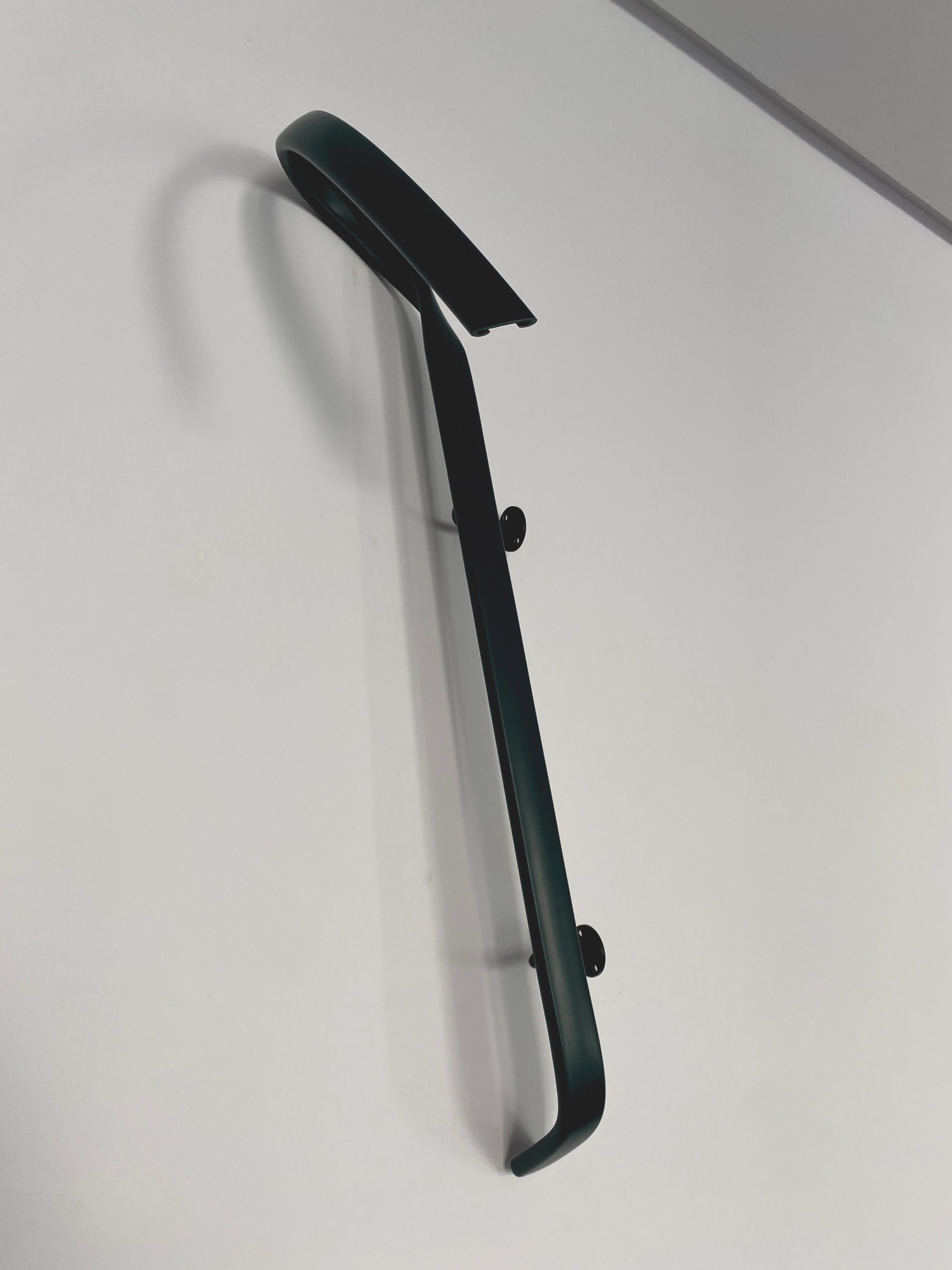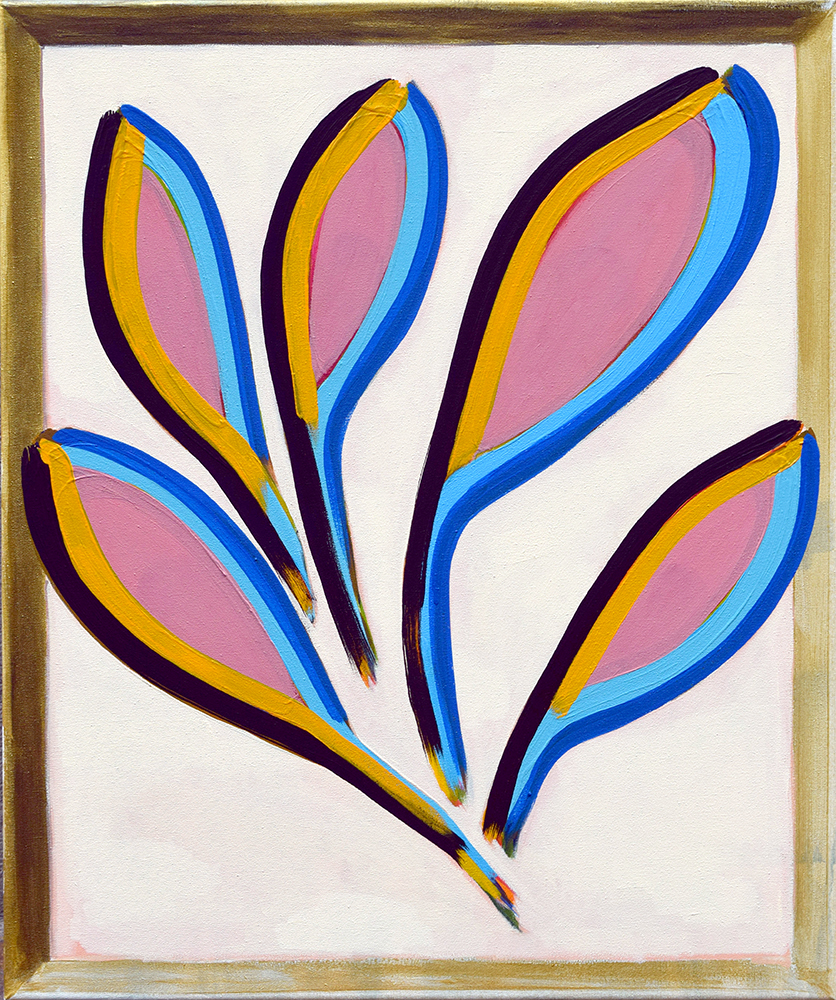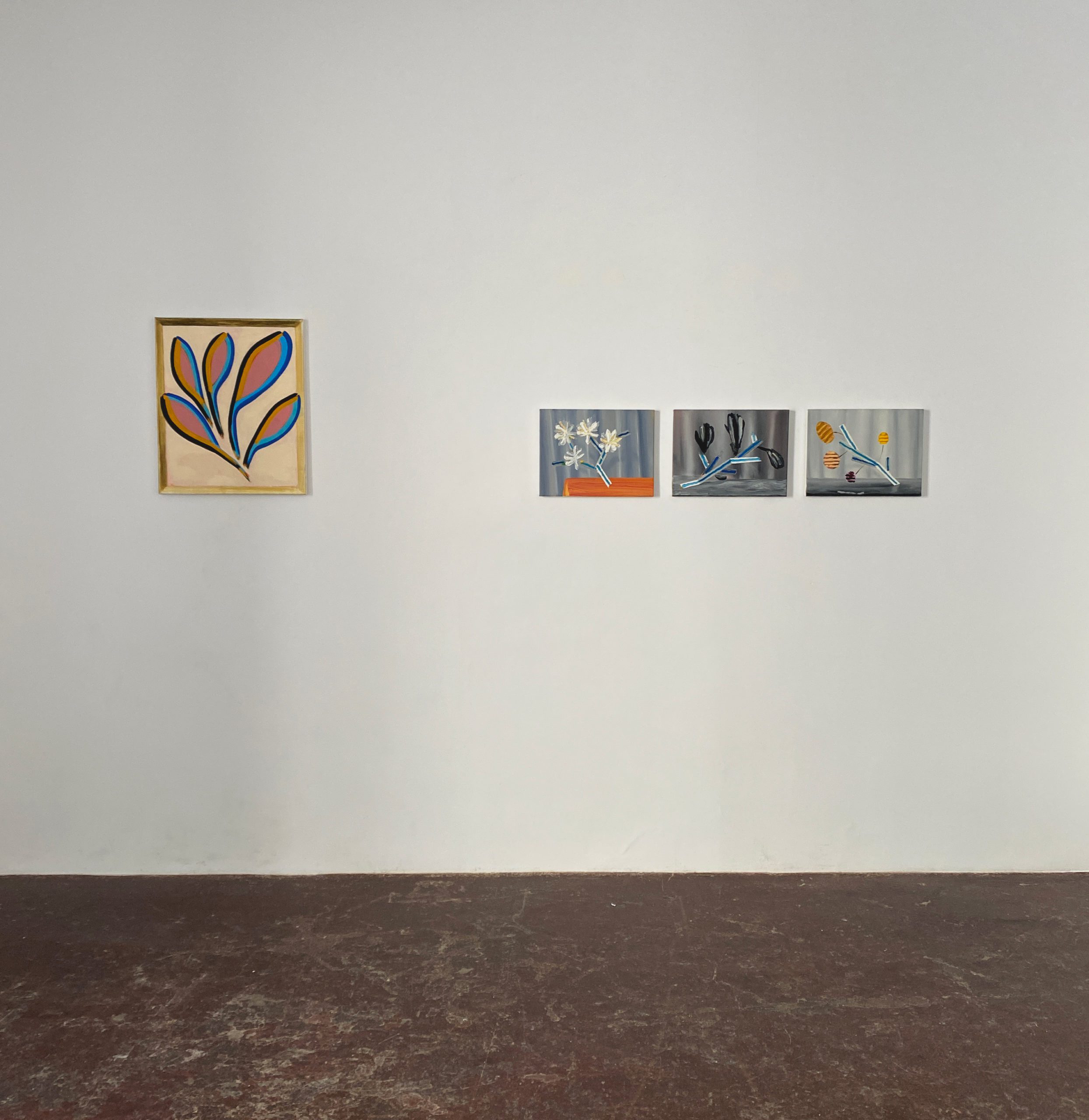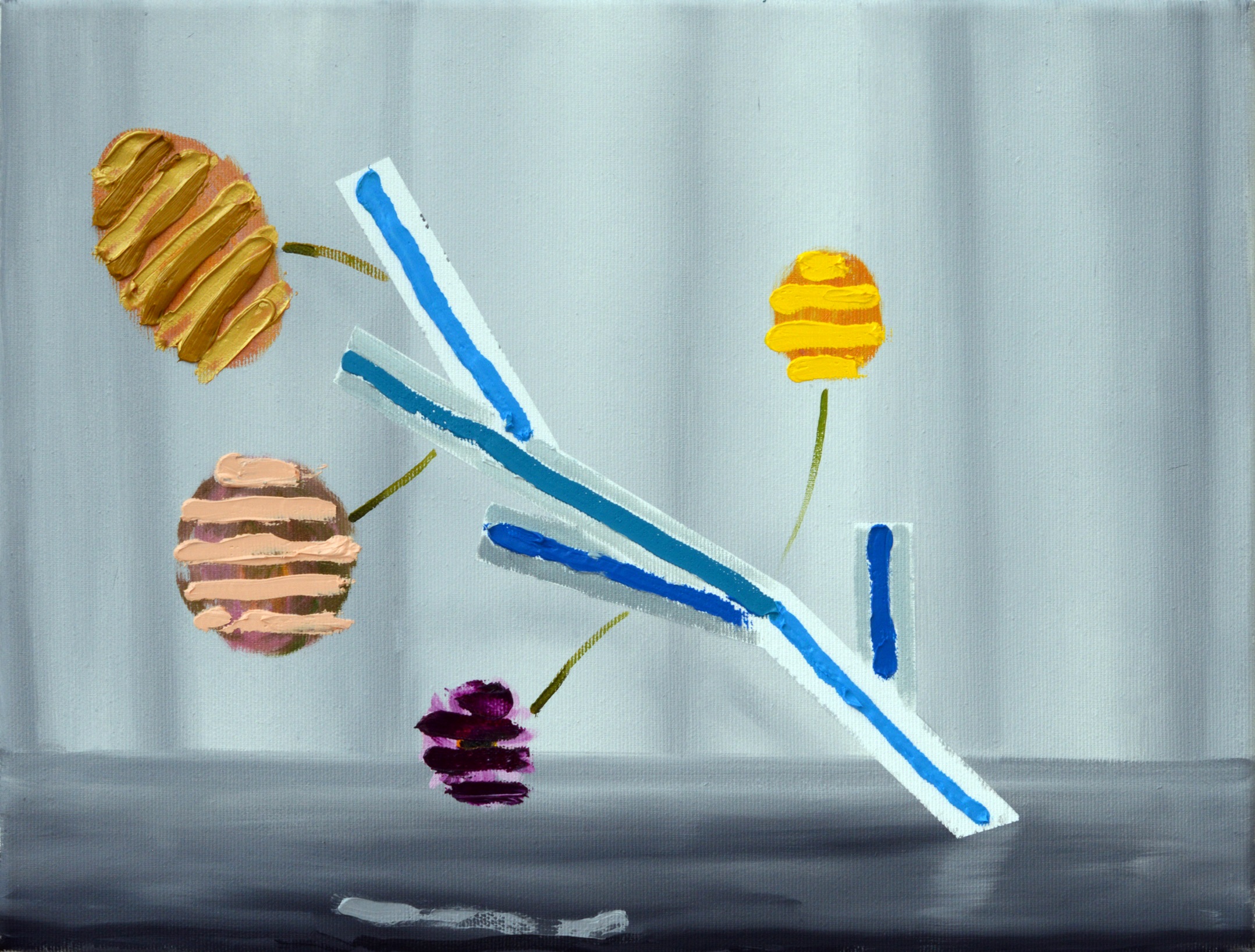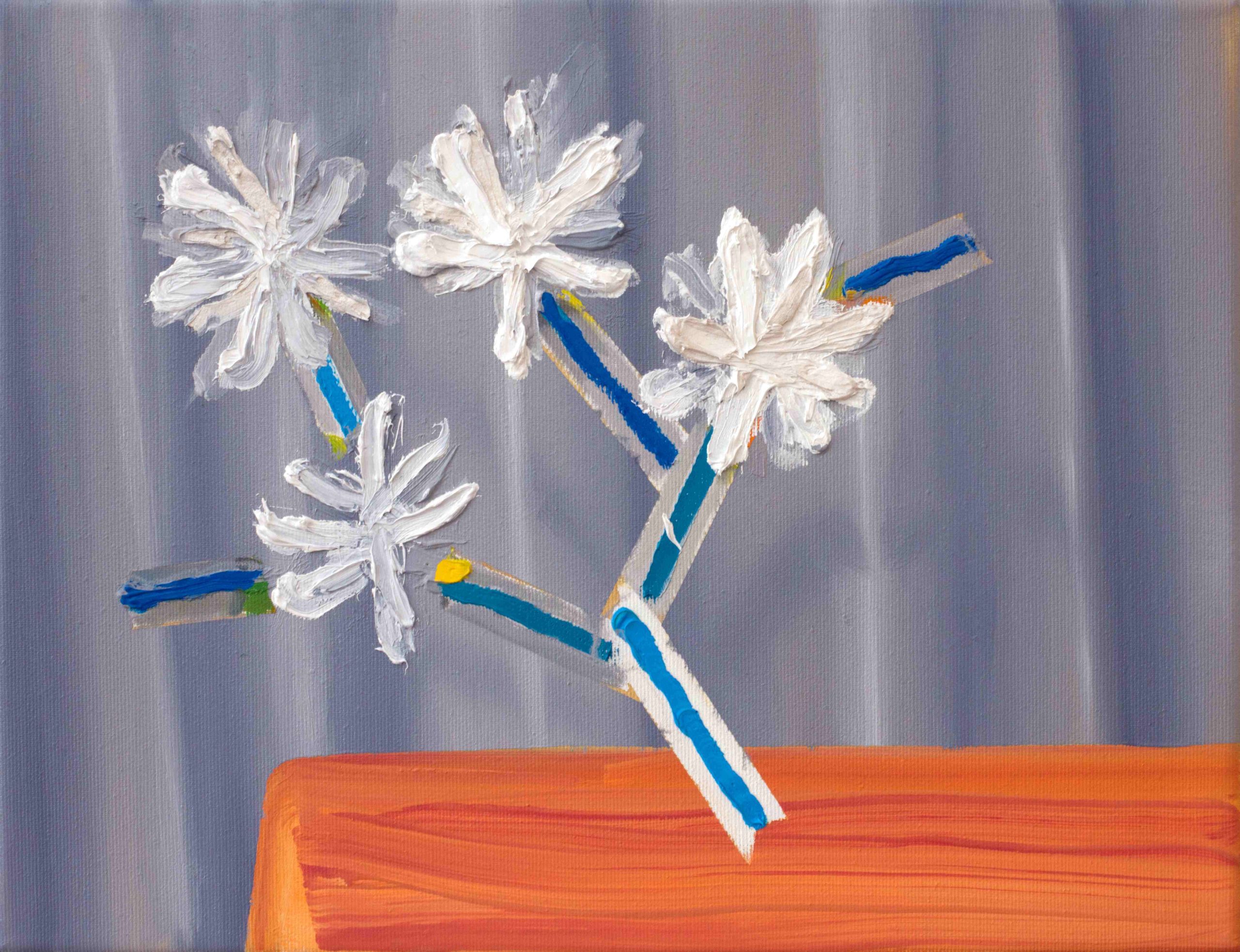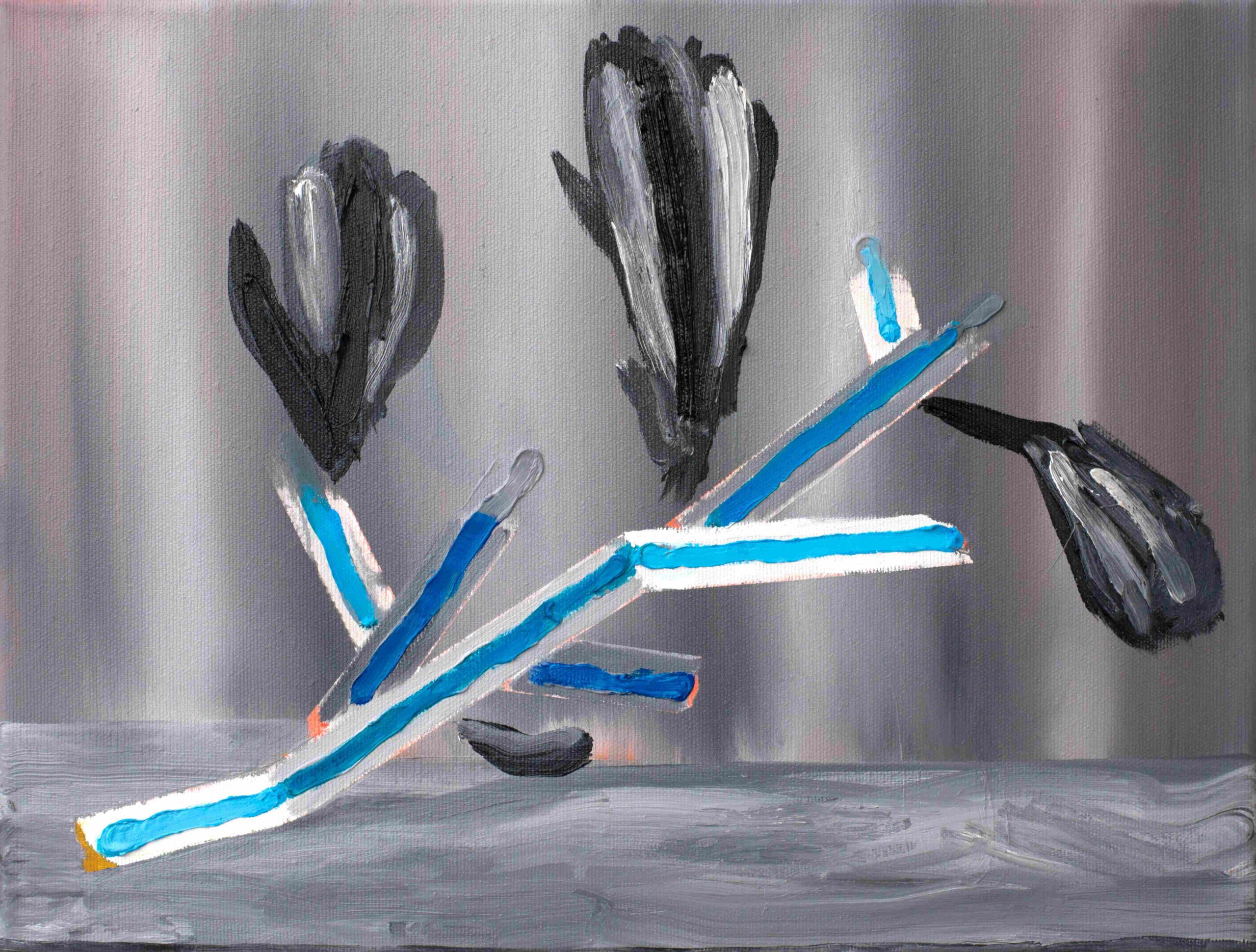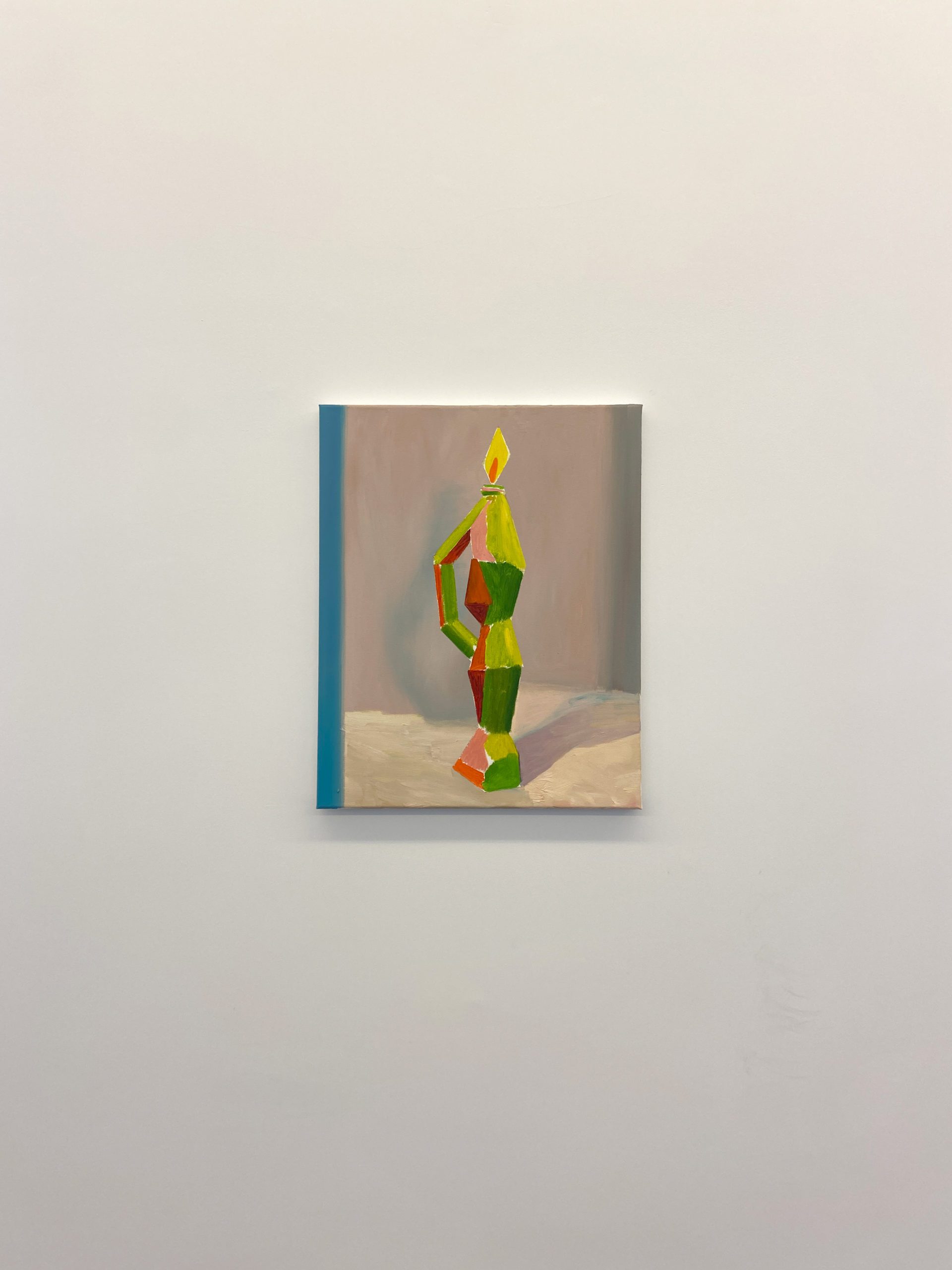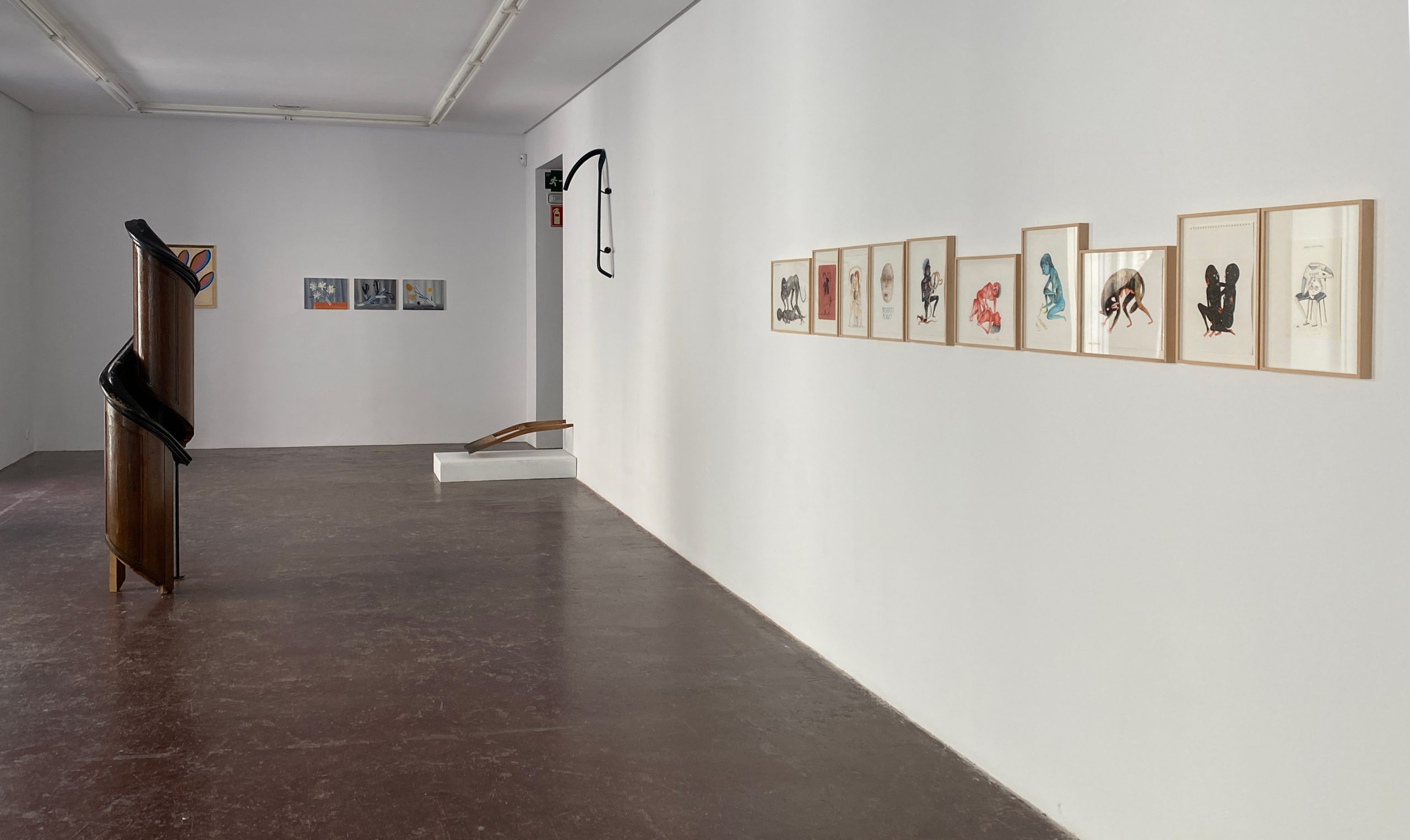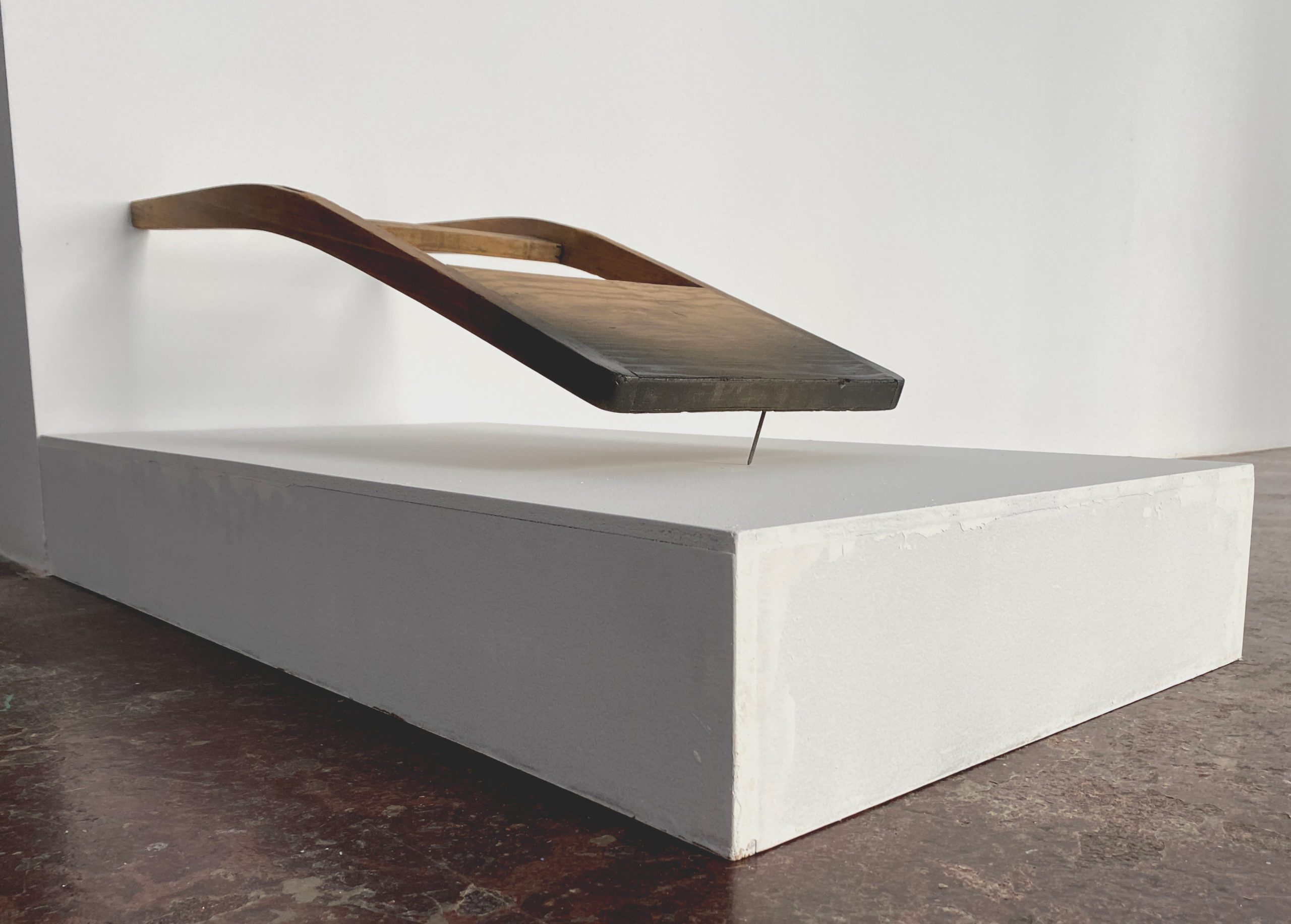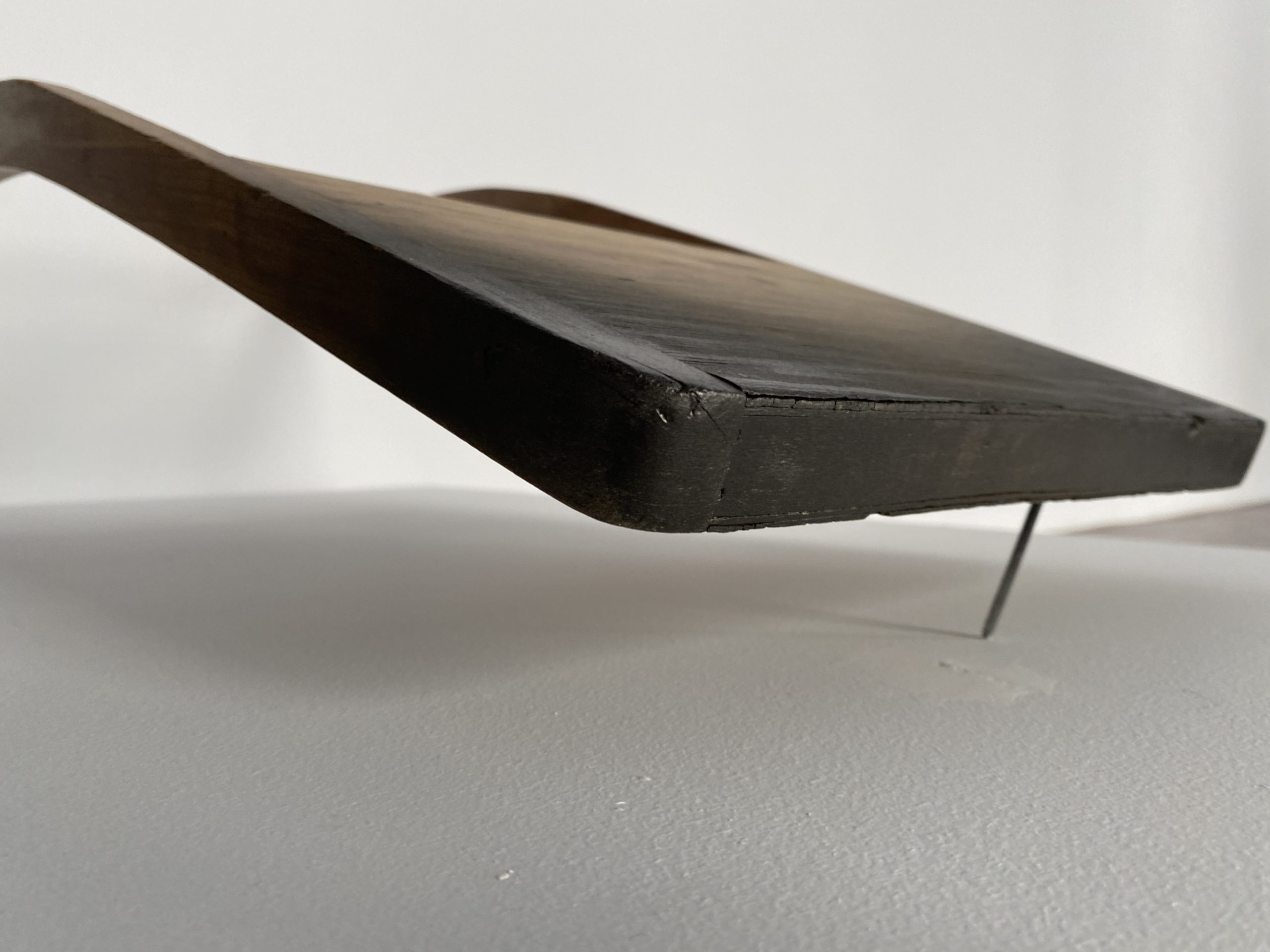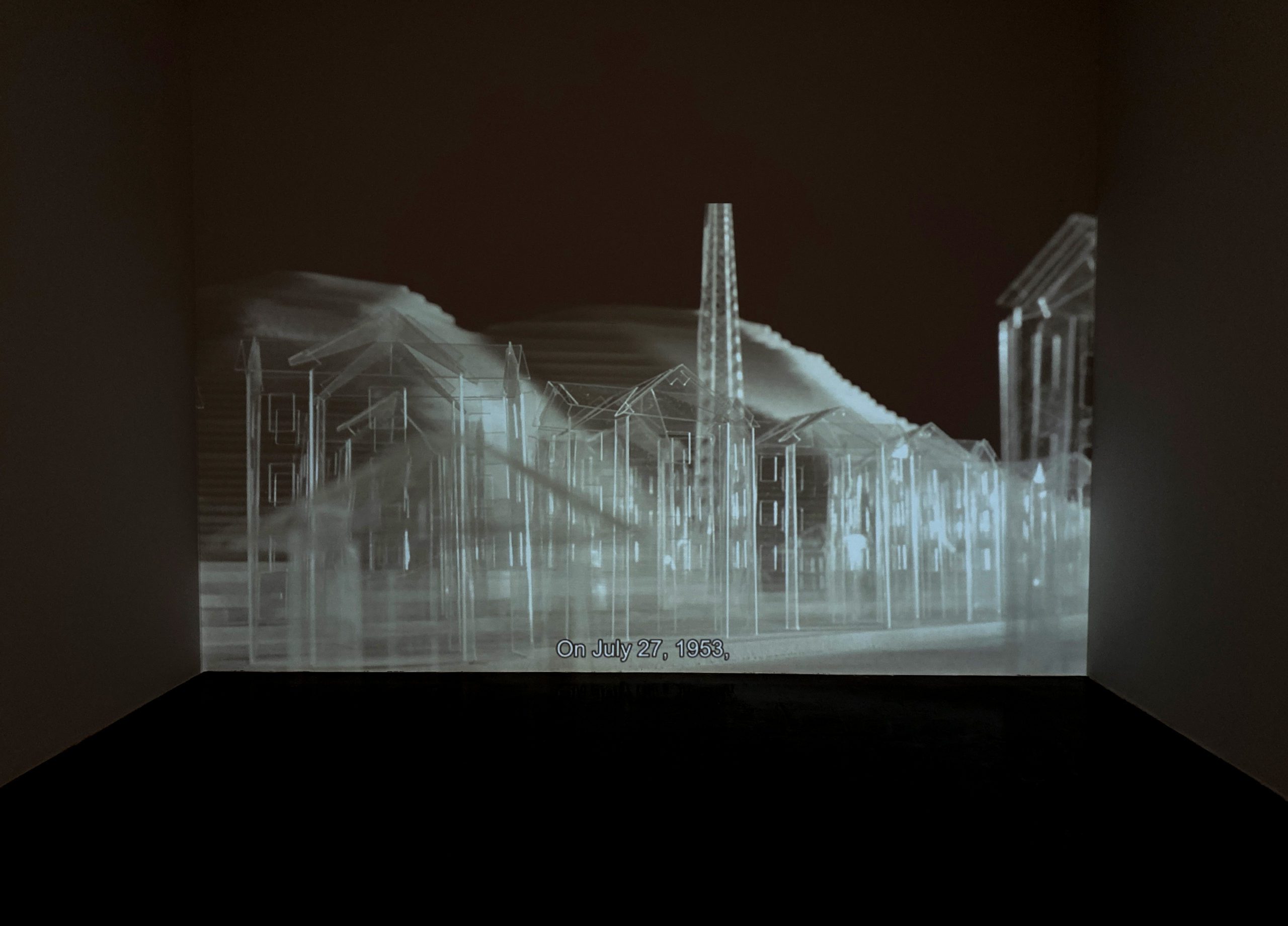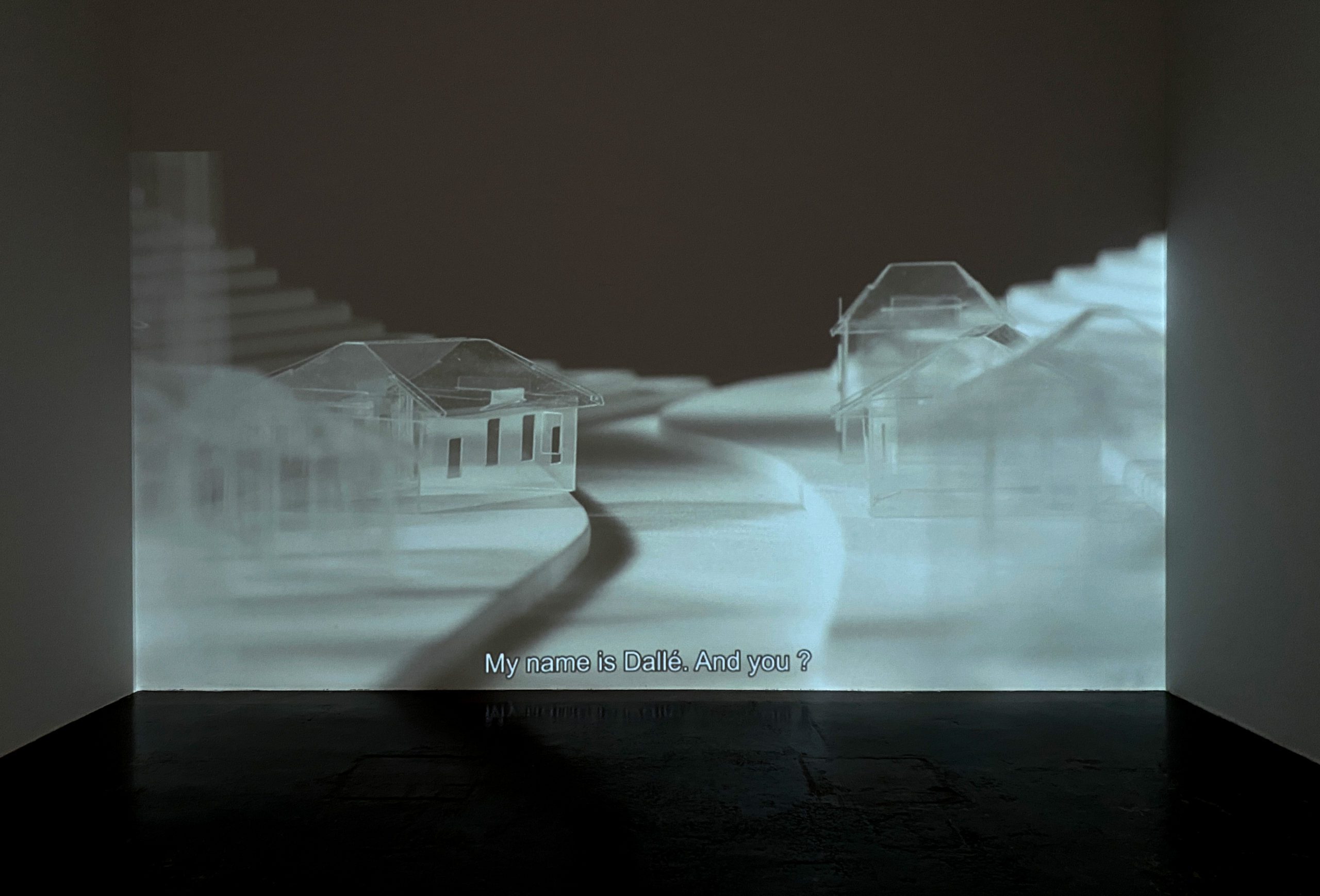Exposiciones /
NO PLACE TOUR 2024. MADRID
no place world tour 2024. Madrid
Comisario: Pipo Hernández Rivero
Artistas – Galerías:
Omar Barquet – Arróniz, MX
Rafael Grassi – NF/NIEVES FERNANDEZ
Vanessa Henn – Galerie Michael Sturm
Hayoun Kwon – galerie Sator
Kevin Mancera – Nueveochenta
Promovido conjuntamente por cinco galerías, Nueveochenta (Colombia), Arróniz (México), Sturm Schober (Alemania y Austria)
NF/NIEVES FERNÁNDEZ (España) y Galerie Sator (Francia) no place world tour, la 4ª edición de no place, se realizará de enero a agosto de 2024, con exposiciones comisariadas en Madrid, Bogotá, Ciudad de México, Viena y París. Romainville.
no place es una plataforma experimental para la exposición de arte contemporáneo. Pretende generar nuevas experiencias para el público a través de un modelo de producción alternativo. Destacando el papel fundamental de promoción que desempeñan las galerías, no place opera bajo un sistema colaborativo, de modo que las herramientas, equipos y recursos de cada miembro estén disponibles para los demás, en un esfuerzo colectivo por producir y financiar eventos donde el foco de atención se centra completamente en el trabajo de los artistas, mientras que las galerías se benefician del intercambio de activos intangibles.
En este sentido, se trata de un experimento sin precedentes, con el que las galerías buscan contribuir a la transformación de una realidad establecida como suelen buscar todos los agentes vinculados al mundo del arte.
Tomando su nombre del utópico “no lugar” de Tomás Moro, en el que proyecta la organización de una sociedad ideal, no place adopta un gesto de imaginación radical para perseguir la realización de un espacio en el que la experiencia del arte y el potencial comercial del evento se equilibran entre sí. Al mismo tiempo, se trata de un proyecto nómada, ya que cada edición se celebrará en una ciudad y espacio diferente.
Para la cuarta edición, no place celebrará su proyecto más ambicioso: no place world tour.
no place world tour:
Galerie Sator, Paris, Romainville
Comisariada por Raphael Denis. 14 de enero, 2024
lise@galeriesator.com
NF/ NIEVES FERNANDEZ, Madrid
Comisariada por Pipo Hernández Rivero. 18 de abril, 2024
info@nfgaleria.com
Nueveochenta, Bogotá
Comisariada por Fernando Uhía. 13 de junio, 2024
info@nueveochenta.com
Arróniz, Ciudad de México
Comisariada por Mauro Giaconi. 6 de julio, 2024
info@arroniz-arte.com
Sturm & Schober, Wien
Comisariada por Thomas Gänszler. 13 de septiembre. 2024
galerie@sturmschober.com
Para más información:
no-place.me

